Image source: Canva.com
Solar power is great for those who use it, but the high cost can be a big barrier. Many families can’t afford to buy solar systems or get approved for typical financing options.
To make solar energy more widespread in the U.S., it’s important to make it more affordable for low-income families. While there are incentives available for all homeowners, they often fall short for those who need them most. For example, the federal tax credit can save a lot of money, but a family with a low taxable income might not see those savings for a long time.
This is why it’s essential to have programs specifically designed to help low-income families go solar. Funding like Solar for All is a big step forward in making these programs stronger and making solar energy more accessible.
Low-income solar programs benefit everyone—they create jobs, provide big savings on energy bills for those who need it most, and help reduce carbon emissions.
Disclaimer
This information is accurate as of the publication date. SolarWiki aims to provide helpful information, but it’s not a financial advisor. For the most up-to-date advice, please check official government sources or talk to professional solar installers.
Alabama
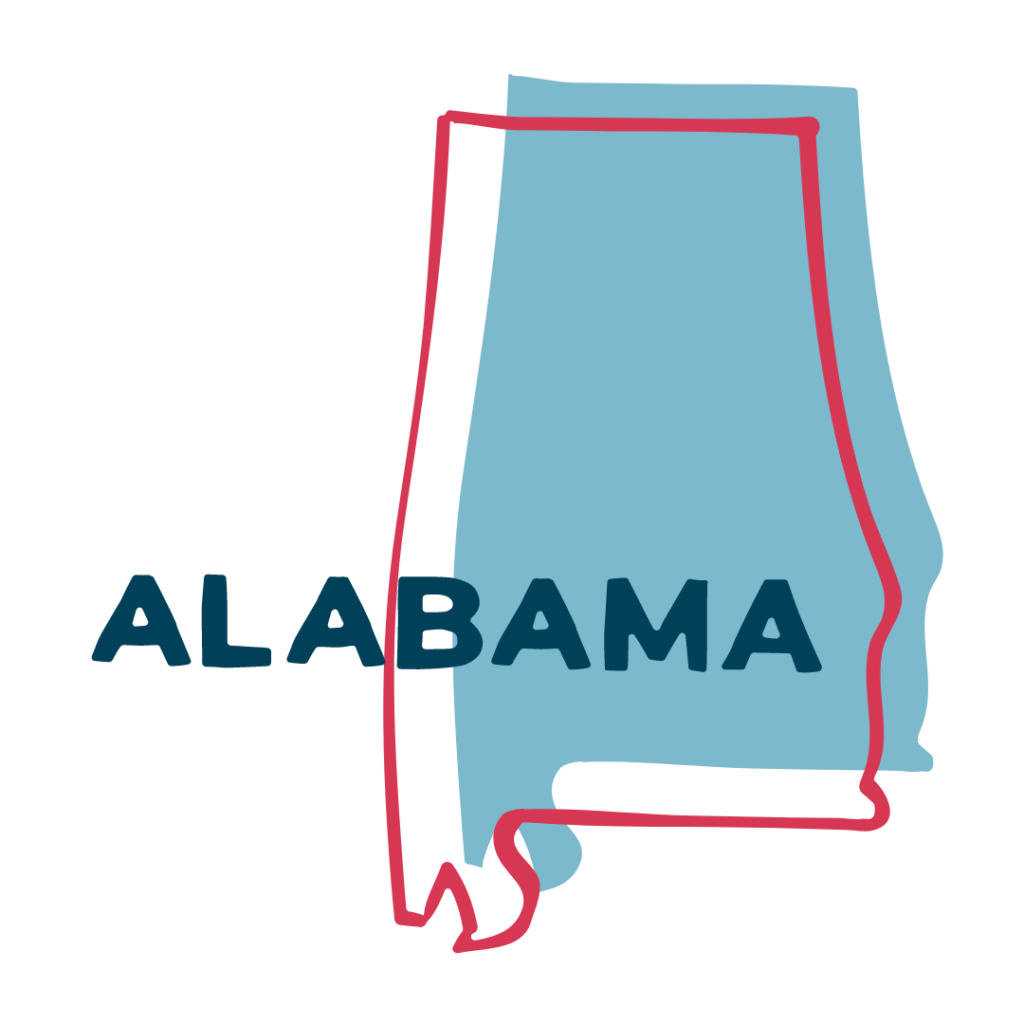
Solar for All
The Southeast Rural Power: Solar for All (SFA) Coalition, led by Groundswell, is launching an exciting program to bring community solar and energy storage to underserved families in the Southeast. This program will help save money on energy bills, improve energy efficiency, and cut down on greenhouse gas emissions. Nonprofit electric cooperatives and municipal utilities have teamed up to make sure energy-burdened communities across the region get the help they need.
Texas Clean Energy Fund (TxCEF) and the Bullard Center for Environmental and Climate Justice at Texas Southern University (BCECJ) are working together on community solar projects in low-income areas. These projects aim to lower utility costs, reduce emissions, create revenue through community ownership, and attract private investment. By pairing solar power with energy storage, these efforts will not only make the grid more stable but also help communities become more resilient.
These initiatives are a big step towards making clean, affordable energy available to everyone, no matter their income or where they live.
Alaska
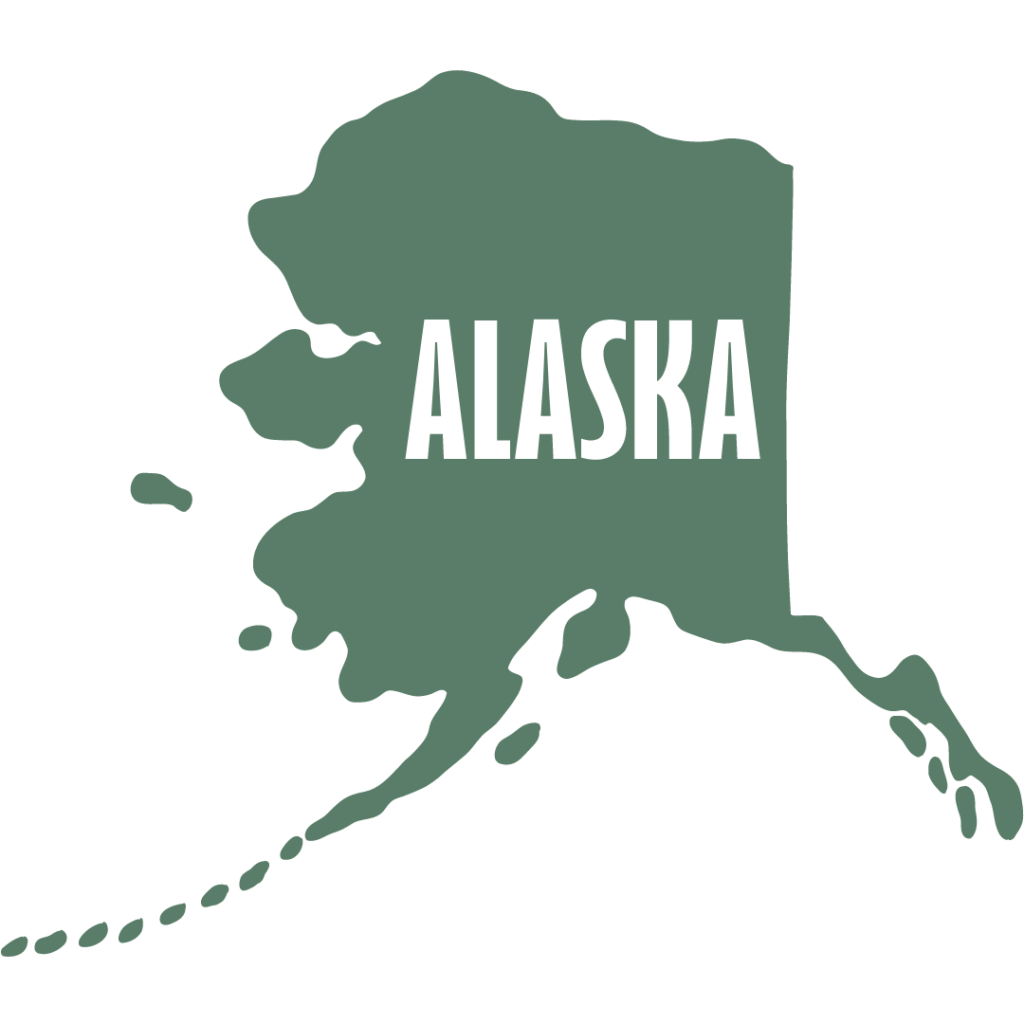
Solar for All
Alaska is making strides in solar energy with several exciting programs:
Community Power Coalition (CPC) Initiative
- Led by: Inclusive Prosperity Capital, Inc.
- What it does: Builds community solar projects in low-income areas.
- Goals: Cut carbon emissions, lower energy costs, create good jobs, build community wealth, improve energy reliability, and support fair job training.
Alaska Energy Authority and Alaska Housing Finance Corporation (AHFC) Partnership
- What it does: Deploys solar panels across Alaska.
- Focus: Includes solar installations in both urban homes and rural community projects.
- Goals: Reduce greenhouse gas emissions and provide renewable energy to underserved communities.
Alaska Tribal Solar for All
- Partners: Tanana Chiefs Conference (TCC), Alaska Native Tribal Health Consortium (ANTHC), and AHFC
- What it does: Provides solar energy access to Tribal residents throughout Alaska.
- Goals: Ensure all Tribal members benefit from solar power, no matter their home or community setup.
These efforts are working together to bring clean, affordable energy to Alaska’s varied communities, from city centers to remote villages, while tackling climate change and promoting energy fairness.
Arizona
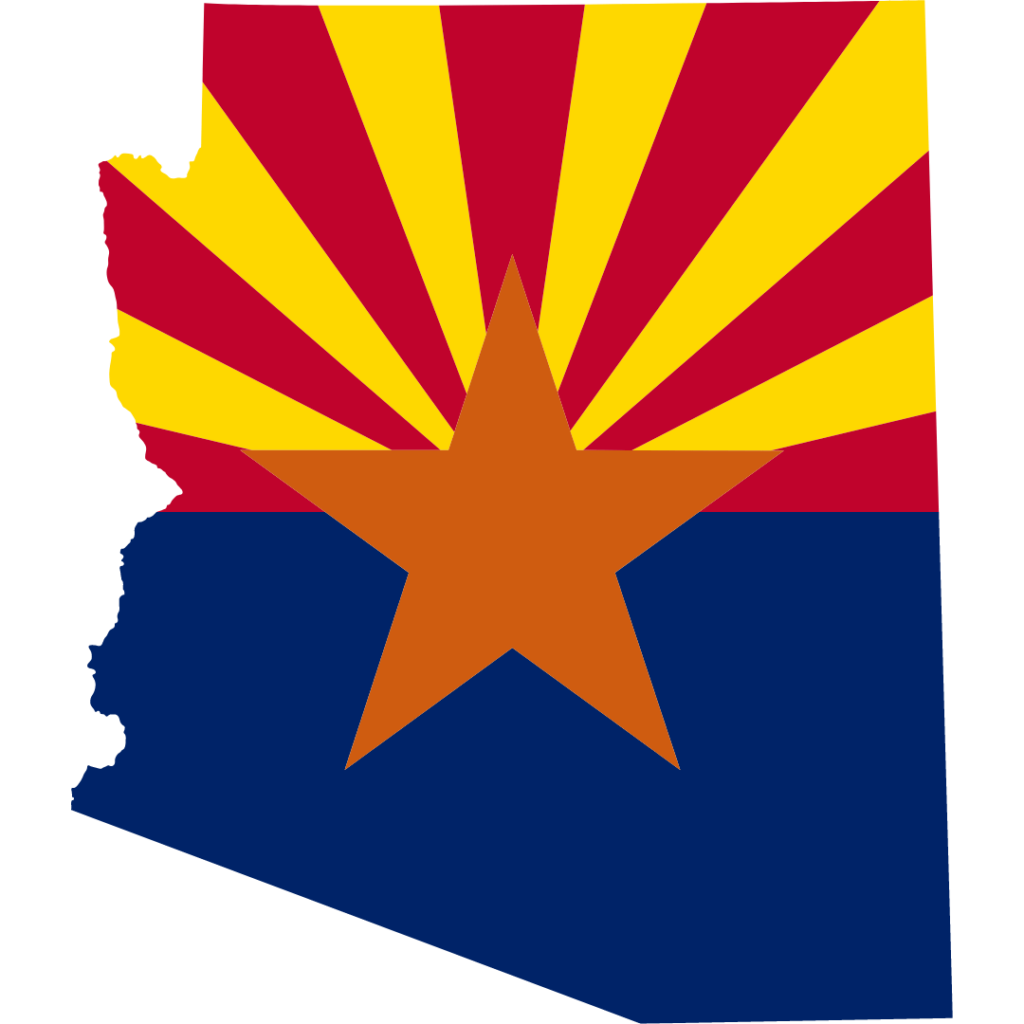
Solar for All
Arizona is tapping into its sunny days to bring solar power to everyone, especially communities that need it most, through several forward-thinking programs:
Community Power Coalition (CPC) Initiative
- Led by: Inclusive Prosperity Capital, Inc.
- What it does: Supports solar projects in low-income areas by enhancing the DOE’s National Community Solar Partnership.
- Goals: Lower energy costs, reduce emissions, create jobs, build community wealth, and ensure fair job opportunities.
SFA Arizonans
- What it does: Brings solar energy to underserved and low-income communities across Arizona.
- Focus: Urban, rural, and Tribal areas.
- Goals: Make solar accessible for everyone, save on electricity bills, and cut down on emissions.
Hopi Utilities Corporation Project
- Partners: Arizona State University and Hopi Renewable Energy Office
- What it does: Installs solar panels and storage on the Hopi Reservation.
- Goals: Address energy shortages, help low-income households, and support homes without electricity using financing and tax incentives.
GRID Alternatives’ WIN-SFA Program
- What it does: Focuses on boosting energy independence in Tribal communities nationwide.
- Goals: Provide grants, incentives, and technical help to deploy solar power, addressing both energy needs and environmental issues.
SANAH Program
- Led by: GRID Alternatives with ten nonprofit partners
- What it does: Expands access to solar and storage for low-income households.
- Goals: Save on energy bills, reduce pollution, improve efficiency, and promote job training and community strength.
These programs are helping to spread solar power across Arizona, making sure that all communities—especially those that have been left behind—can enjoy clean, affordable energy while also tackling climate change and promoting fairness in energy access.
Arkansas
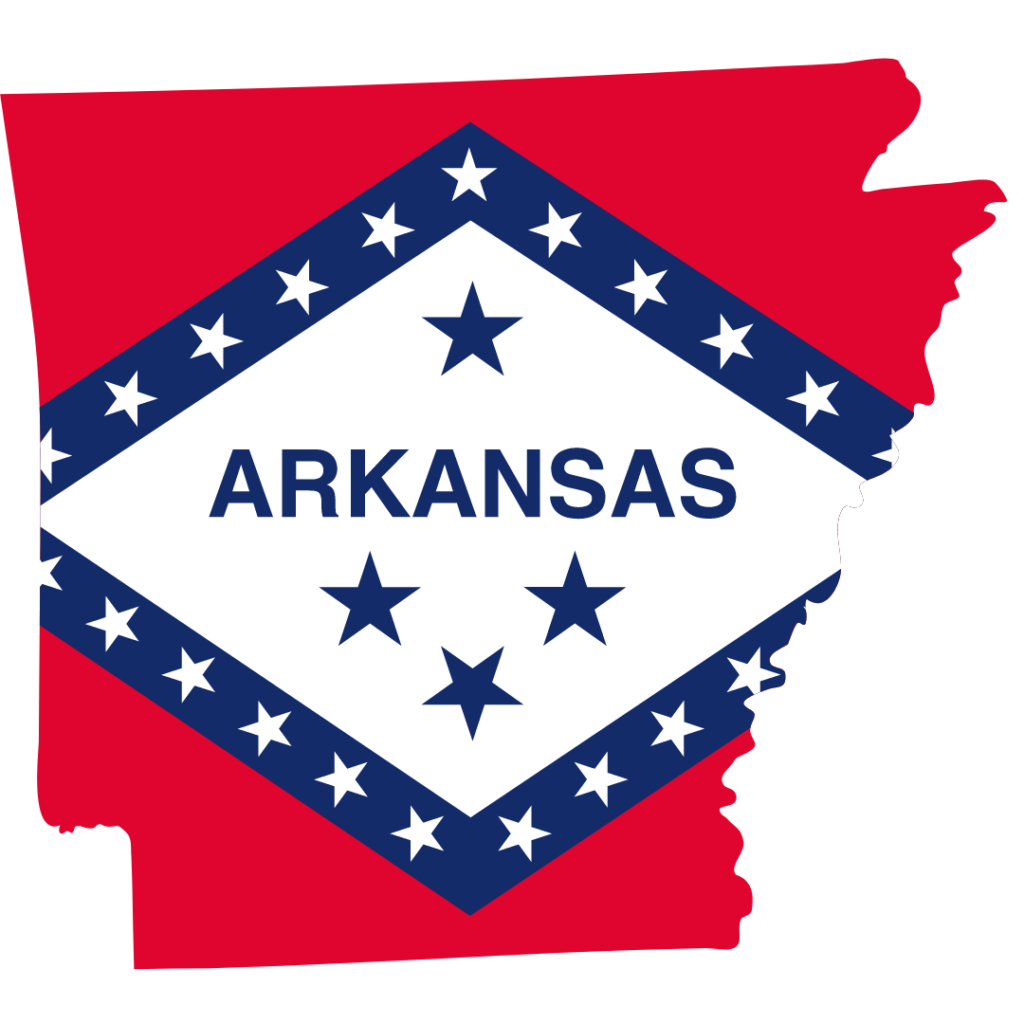
Solar for All
Arkansas is making solar energy more accessible through several innovative programs that focus on reaching low-income and underserved communities:
Southeast Rural Power SFA Program
- Led by: Groundswell and the Southeast Rural Power: SFA Coalition
- What it does: Offers community solar and energy storage solutions to homes, boosting resilience and providing direct savings on energy bills.
- Focus: Low-income and disadvantaged households.Involves: Nonprofit electric cooperatives and municipal utilities.
Hope Enterprise Corporation (HEC) Initiatives
a. Residential Rooftop Solar for Low-Income Households
- What it does: Creates a solar leasing market for low-income families in areas served by investor-owned utilities.
- Goals: Ensure cost savings for these households and strengthen the local solar installer network.
b. Multifamily Behind-the-Meter Solar for Low-Income Tenants
- What it does: Focuses on multifamily buildings, using innovative financial tools and partnering with local housing developers.
- Goal: Lower energy costs for tenants in low-income housing.
Clean Energy Fund of Texas (TxCEF) and Bullard Center Collaboration
- What it does: Provides technical support, private funding, and grants to minority-serving institutions.
- Focus: Community solar projects for low-income and disadvantaged communities.
- Goals: Reduce emissions, lower utility bills, address energy policy issues, and create shared revenue through community ownership.
These programs are making clean, affordable energy accessible across Arkansas, from cities to rural areas. By focusing on low-income and underserved households, they ensure that the benefits of solar power reach all Arkansans, helping to fight climate change and promote energy equity.
California
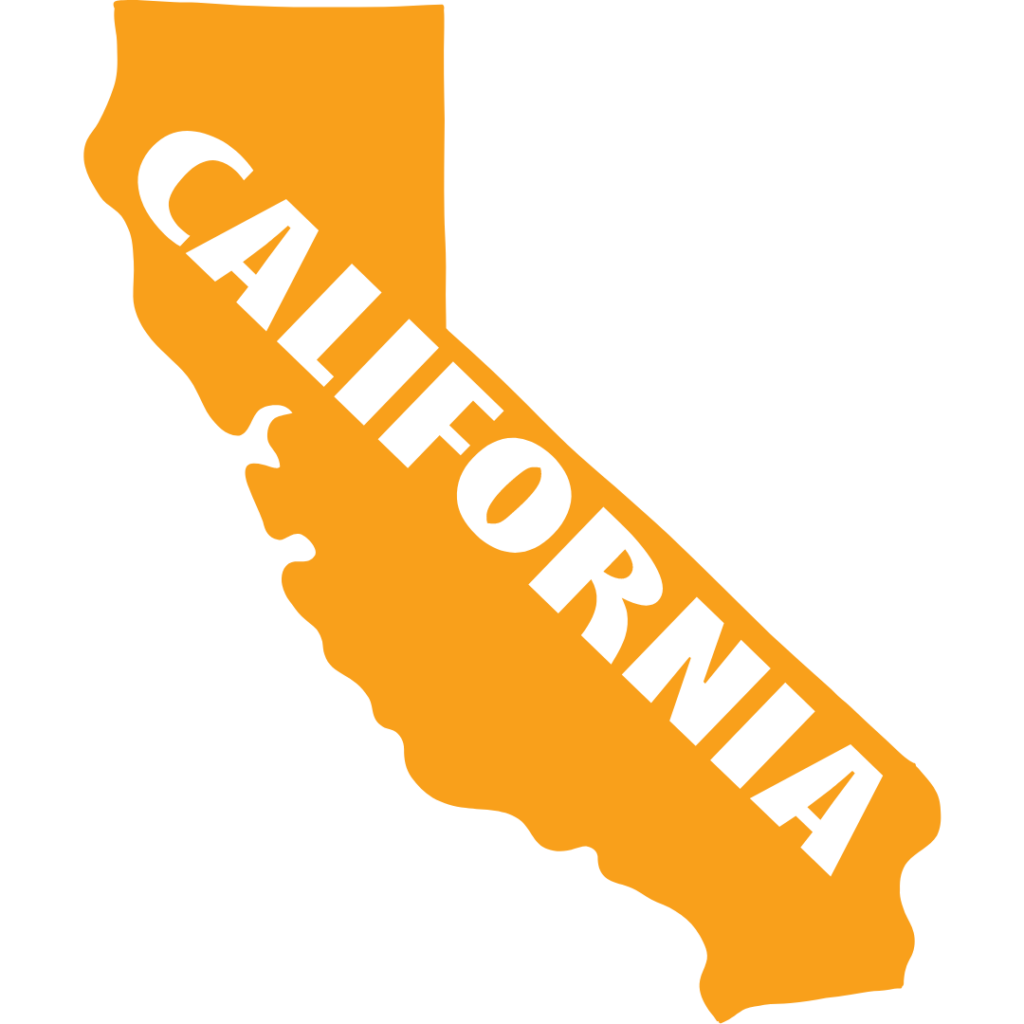
DAC-SASH
The DAC-SASH (Disadvantaged Communities – Single-family Affordable Solar Homes) program is a California initiative designed to help low-income communities go solar. Approved by the California Public Utilities Commission, this program makes clean, affordable solar energy accessible to families who might not otherwise be able to afford it. Running through 2030, DAC-SASH builds on the success of the SASH program, offering financial incentives to bring the benefits of renewable energy to disadvantaged households. By increasing solar adoption, the program aims to lower energy costs, reduce carbon emissions, and support California’s clean energy goals.
California’s Low-Income Weatherization Program (LIWP)
California’s Low-Income Weatherization Program (LIWP) provides free solar panels and energy efficiency upgrades to low-income households. This program helps lower utility bills, improve living conditions, and enhance community health by reducing greenhouse gas emissions and generating clean, renewable power. LIWP ensures that low-income residents benefit from California’s climate investments, making homes more affordable and comfortable.
Solar for All
The Solar for All initiative is a multi-faceted approach to broaden solar energy adoption across diverse communities:
Community Power Coalition’s “Powering America Together”
- Led by: Inclusive Prosperity Capital, Inc.
- What it does: Works with the DOE’s National Community Solar Partnership to focus on low-income community solar projects.
- Goals: Reduce emissions, lower energy costs, create jobs, and promote community wealth-building and energy resilience.
California’s CA-S4A Program
- What it does: A coalition of state entities uses California’s solar market expertise to provide affordable, reliable clean energy statewide.
- Goals: Enhance existing programs, address funding gaps, and continue California’s decarbonization efforts.
Solar Access for Nationwide Affordable Housing (SANAH)
- Led by: GRID Alternatives and ten nonprofit organizations.
- What it does: Expands access to solar and energy storage for income-qualified households, offering significant savings and high-cost relief.
- Goals: Maximize benefits like efficiency improvements and electrification, making solar energy accessible to more people.
These programs are working together to ensure that all communities, especially those historically underserved, can benefit from clean, affordable solar power. By focusing on low-income households, these initiatives address climate change and energy equity, paving the way for a more sustainable and inclusive energy future.
Self-Generation Incentive Program (SGIP)
The Self-Generation Incentive Program (SGIP), run by the CPUC, offers rebates for installing energy storage technology like battery systems in both homes and businesses. These systems can provide power during outages, making them a key part of emergency preparedness. The CPUC has allocated over $1 billion in funding through 2024, prioritizing communities in high fire-risk areas and those affected by Public Safety Power Shut-offs (PSPS). The program also supports “critical facilities” that help keep communities resilient during wildfires and PSPS events.
Colorado

Solar for All
Colorado is making solar power accessible to everyone, especially those who need it most, through several impactful programs:
Community Power Coalition’s “Powering America Together”
- Led by: Inclusive Prosperity Capital, Inc.
- What it does: Partners with the DOE’s National Community Solar Partnership to focus on solar projects in low-income communities.
- Goals: Cut emissions, lower energy bills, create jobs, and build community wealth.
Colorado Solar for All (COS4A)
- Led by: Colorado Energy Office (CEO).
- What it does: Provides rooftop solar installations for single-family and multifamily homes across the state.
- Focus: Extending solar benefits to low-income and underserved communities while expanding access to Colorado’s growing solar market.
Grid Alternatives’ Western Indigenous Network Solar For All (WIN-SFA)
- Focus: Tribal communities.
- What it does: Promotes energy sovereignty and tackles environmental challenges.
- Support: Offers grants, incentives, and technical assistance to bring solar power to Native American households nationwide.
Solar Access for Nationwide Affordable Housing (SANAH)
- Partnership: GRID Alternatives and ten nonprofit organizations.
- What it does: Expands solar and storage access for income-qualified households.
- Benefits: Provides energy savings, efficiency improvements, and electrification to help households and communities thrive.
These programs are working together to bring clean, affordable energy to all corners of Colorado, ensuring that underserved, low-income, and Tribal households can benefit from solar power. By focusing on energy equity and sustainability, these initiatives are helping build a more inclusive and environmentally friendly future for the state.
Colorado Rooftop Low Income Program
The Colorado Energy Office (CEO) also offers subsidies for installing solar panels on low-income single-family homes through the federal Weatherization Assistance Program (WAP).
Eligibility:
- Must own and live in your home.
- Household income must be at or below 200% of the federal poverty level.
- The installation must provide more benefits than it costs, as determined by the CEO.
How to Apply:
For more information or to apply, contact the Colorado Energy Office or a local weatherization agency.
Colorado Xcel Energy Solar*Rewards Program
Colorado residents who are income-qualified or live in Disproportionately Impacted Communities can apply for the Xcel Energy Solar*Rewards Program, which offers $1.00 per watt of installed solar power, up to 7 kW. For example, a 6 kW solar system for a low-income Xcel Energy customer in Colorado could result in a $6,000 upfront payment.
These efforts are helping make solar energy more affordable and accessible across Colorado, ensuring that everyone can enjoy the benefits of clean energy.
Connecticut
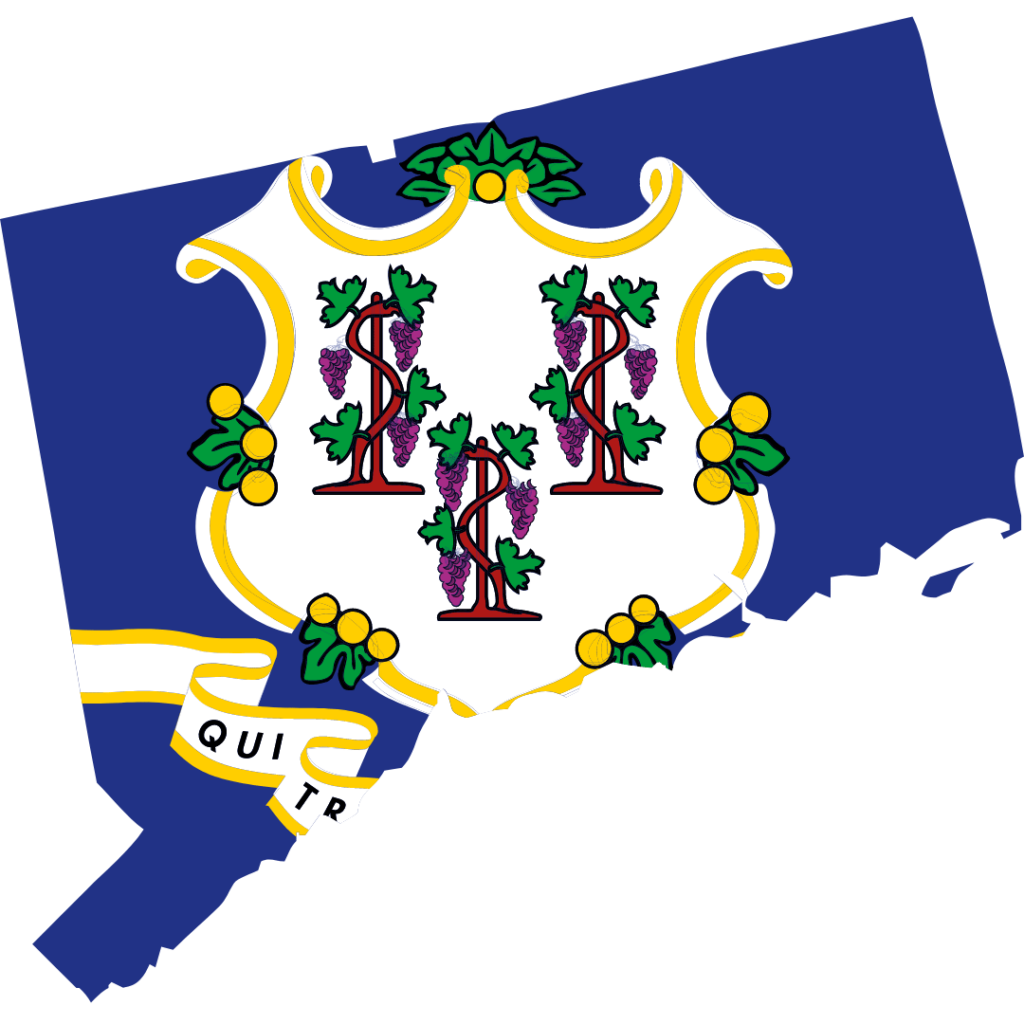
Solar for All
Connecticut is making solar power accessible to everyone, especially those who need it most, through several impactful programs:
Project SunBridge
- What it does: Expands residential solar access to low-income and underserved households across the state, with a focus on affordable housing units.
- Goals: Boosts resilience, strengthens the grid, and creates economic opportunities for thousands of additional households through existing solar and storage programs.
- Support: Provides financial help, including higher incentives and easy-to-get loans, plus technical support for clean energy workforce development and community involvement.
Community Power Coalition’s “Powering America Together”
- Led by: Inclusive Prosperity Capital, Inc.
- What it does: Partners with the DOE’s National Community Solar Partnership to focus on solar projects in low-income communities.
- Goals: Cut emissions, lower energy bills, create jobs, and build community wealth, while enhancing energy resilience and promoting fair workforce development.
Solar Access for Nationwide Affordable Housing (SANAH)
- Partnership: GRID Alternatives and ten nonprofit organizations.
- What it does: Expands access to solar and storage for income-qualified households.
- Benefits: Delivers big energy savings, reduces high costs, and includes added perks like efficiency upgrades and electrification.
These initiatives work together to bring clean, affordable energy to all corners of Connecticut, ensuring that historically underserved, low-income, and disadvantaged households can enjoy the benefits of solar power. By focusing on energy equity and sustainability, these programs are paving the way for a brighter, more inclusive energy future in the state. The combination of financial assistance, technical support, and workforce development efforts aims to create a comprehensive approach to solar adoption that benefits both residents and the broader community.
Delaware
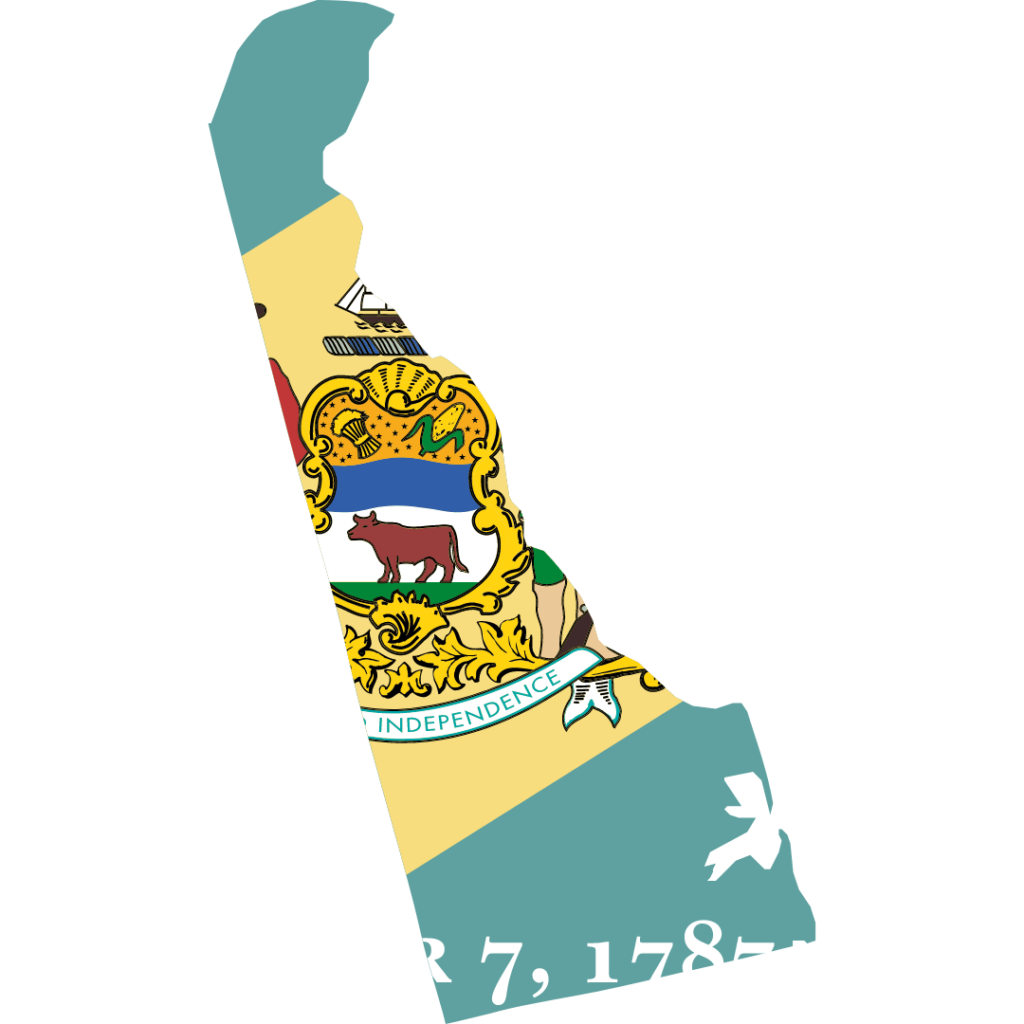
Solar for All
Delaware is looking to expand solar energy access through collaborative programs that reach beyond state lines:
Clean Energy Fund of Texas (TxCEF) and Bullard Center Collaboration (CEFBC)
- What it does: Provides technical help, private funding, and grants to minority-serving institutions.
- Focus: Develops community solar projects in low-income and underserved areas, especially those with significant energy challenges.
Goals:
- Cut emissions
- Lower utility bills
- Generate shared income through community ownership
- Attract private investment
Solar Access for Nationwide Affordable Housing (SANAH)
- Partnership: GRID Alternatives and ten nonprofit organizations.
- What it does: Broadens access to solar and energy storage for income-qualified households across the nation.
Benefits:
- Significant energy savings and high-cost relief
- Efficiency improvements
- Electrification benefits
While these programs aren’t specific to Delaware, they offer valuable opportunities for the state to join national efforts to make solar energy more accessible. By participating in or drawing inspiration from these initiatives, Delaware can ensure that its communities, especially those historically underserved, can enjoy the benefits of clean, affordable power.
These collaborative efforts not only address climate change but also promote energy equity, paving the way for a more sustainable and inclusive energy future. Delaware residents and policymakers can look to these programs as models or potential partners in expanding solar access within the state, adapting successful strategies to meet local needs.
Florida
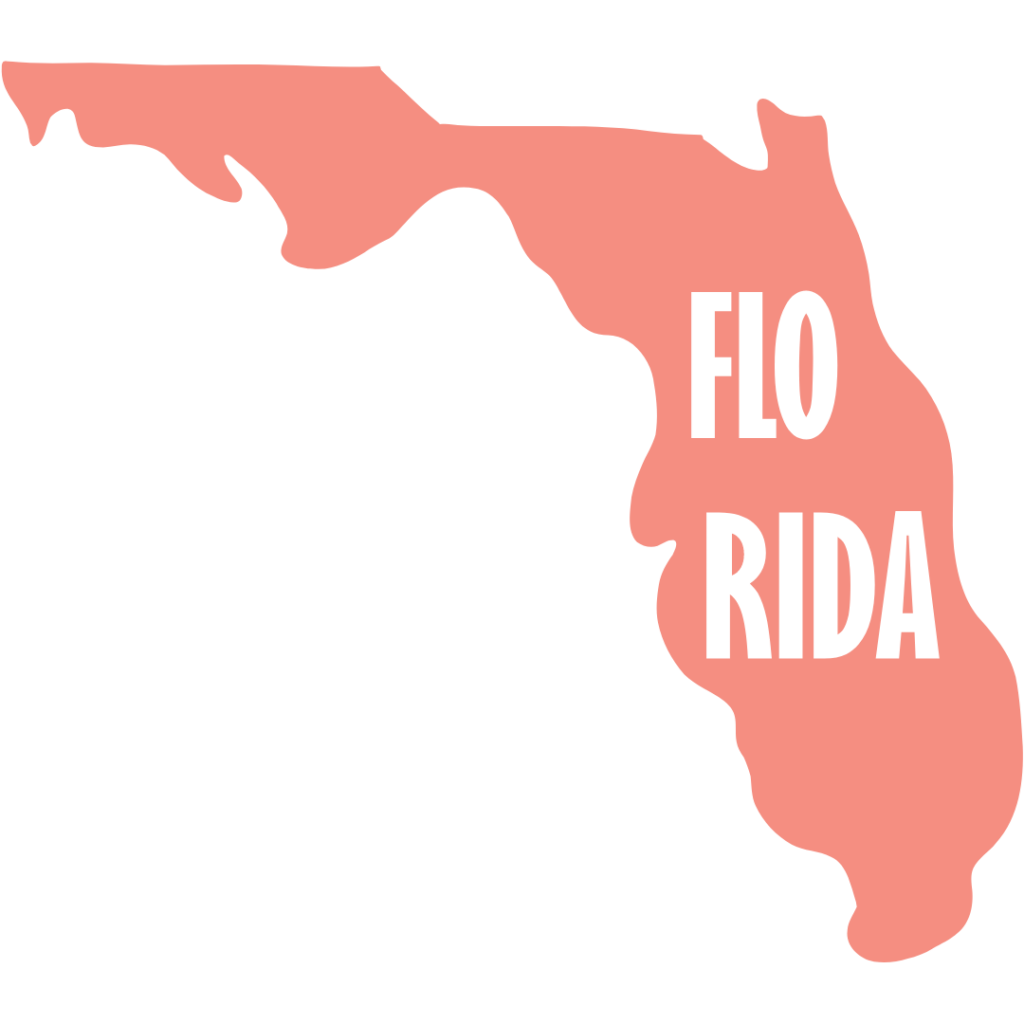
Solar for All
Florida is making strides in solar energy adoption through several impactful programs:
Community Power Coalition’s “Powering America Together”
- Lead: Inclusive Prosperity Capital, Inc.
- Partnership: DOE’s National Community Solar Partnership
- Focus: Expanding solar access to low-income communities
- Goals:
- Cut emissions
- Lower energy costs
- Create quality jobs
- Build community wealth
Southeast Rural Power: SFA Program
- Lead: Groundswell.
- What it does: Brings community solar and energy storage to rural areas.
- Target: Low-income and underserved households.
- Partners: Nonprofit electric cooperatives and municipal utilities.
Florida Solar for All (FSFA)
- Focus: Expands rooftop solar for low-income and disadvantaged communities.
- Targets: Primarily single-family homes, with some multifamily and resilience projects.
- Goals: Overcome barriers like upfront costs and lack of supportive policies.
Clean Energy Fund of Texas (TxCEF) and Bullard Center Collaboration
- What it does: Provides technical assistance, private funding, and grants to minority-serving institutions.
- Focus: Develops residential community solar projects in vulnerable communities.
- Goals:
- Cut emissions
- Lower utility bills
- Generate shared revenue
Solar Access for Nationwide Affordable Housing (SANAH)
- Partnership: GRID Alternatives and ten nonprofit organizations.
- What it does: Expands solar and storage access for income-qualified households.
- Benefits:
- Energy savings
- Efficiency upgrades
- Electrification benefits
These initiatives work together to bring clean, affordable energy to all of Florida, especially low-income, disadvantaged, and rural communities. By focusing on these underserved areas, Florida is tackling both climate change and energy equity, paving the way for a more sustainable and inclusive future.
Georgia

Solar for All
Georgia is taking part in several key initiatives to boost solar energy adoption:
Community Power Coalition’s “Powering America Together”
- Led by: Inclusive Prosperity Capital, Inc.
- Partnering with: DOE’s National Community Solar Partnership.
- Focus: Bringing solar power to low-income communities.
- Goals:
- Cut emissions
- Lower energy costs
- Create quality jobs
Southeast Rural Power: SFA Program
- Led by: Groundswell.
- Coverage: Eight states in the Southeast, including Georgia.
- What it does:
- Provides community solar, energy storage, and efficiency improvements
- Targets low-income and underserved households
- Includes workforce development initiatives
Georgia BRIGHT Communities Coalition
- Led by: Capital Good Fund.
- Focus: Expanding solar benefits to disadvantaged communities in Georgia.
- Offers:
- Various solar programs
- Energy upgrades
- Technical assistance
Clean Energy Fund of Texas (TxCEF) and Bullard Center Collaboration
- Coverage: 19 states in the South and Southeast, including Georgia.
- What it does:
- Provides technical support, private funding, and grants
- Develops residential community solar projects in vulnerable communities
Solar Access for Nationwide Affordable Housing (SANAH)
- Partnership: GRID Alternatives and ten nonprofit organizations.
- What it does:
- Expands access to solar and storage for income-qualified households
- Delivers energy savings and additional benefits
These initiatives work together to bring clean, affordable solar energy to all of Georgia, especially to low-income, disadvantaged, and rural communities. By participating in both local and national efforts, Georgia is addressing climate change and energy equity, paving the way for a more sustainable and inclusive future for all its residents.
Hawaii

The Green Energy Money $aver (GEM$) On-Bill Program
Hawaii’s GEM$ program is designed to make solar energy more accessible, especially for low-income households. It offers fixed-rate loans for solar panels and energy efficiency upgrades, with repayments conveniently added to the monthly electricity bill. Instead of relying on traditional credit scores, eligibility is based on the household’s track record of timely electric bill payments over the past year. The program is open to both homeowners and renters, with the loan linked to the property’s electric meter, making it easy to transfer if the occupant changes. For solar projects, loans start at $5,000, and there’s a requirement to save at least 10% on utility bills, even after factoring in the loan repayment.
Solar for All
The Solar for All initiative is driving solar adoption through key programs:
Community Power Coalition’s “Powering America Together”
- Led by: Inclusive Prosperity Capital, Inc.
- Collaboration with: DOE’s National Community Solar Partnership and Community Power Accelerator.
- Team: A group of community solar experts, including developers, lenders, trainers, and technical assistance providers.
- Goal: To boost the impact of federal solar programs
Hawaii Green Infrastructure Authority (HGIA) SFA-HI Initiative
- Role: Serves as Hawaii’s Green Bank.
- Affiliation: Part of Hawaii’s Department of Business, Economic Development, and Tourism.
- Focus: Provides financing for:
- Residential rooftop solar and storage.
- Community-owned solar systems serving residential areas.
- Target: Low-income households and disadvantaged communities across Hawaii.
These initiatives are working together to make solar energy accessible to everyone, especially those who have been historically underserved. By focusing on low-income and disadvantaged households, they’re not just helping to combat climate change—they’re also making energy equity a reality. The collaboration between national experts through the Community Power Coalition and local implementation by HGIA in Hawaii shows a strategic approach to expanding solar access. This method ensures that solutions are tailored to meet the specific needs of different communities while taking advantage of broader resources and expertise.
Idaho

Solar for All
Idaho is taking big steps to bring solar energy to more communities through a few key initiatives:
Community Power Coalition’s “Powering America Together”
- Led by: Inclusive Prosperity Capital, Inc.
- In Partnership with: DOE’s National Community Solar Partnership.
- Team: A group of community solar experts, including developers, lenders, trainers, and technical assistance providers.
- Goal: To strengthen the impact of federal solar programs
Solar Access for Nationwide Affordable Housing (SANAH)
- Partnership: GRID Alternatives and ten nonprofit organizations.
- Focus: Advancing equity, cutting pollution, and fighting climate change.
- Offers:
- Broader access to solar and storage for income-qualified households.
- Big energy savings.
- Efficiency upgrades and electrification benefits.
Idaho SFA Program
- Purpose: Bringing solar energy to low-income, tribal, and disadvantaged communities across Idaho.
- Driven by: Community inputAddresses: Market and non-market barriers to residential solar.
- Provides:
- Comprehensive outreach.
- Workforce training.
- Technical and financial support.
By combining national efforts from the Community Power Coalition and SANAH with Idaho’s specific SFA Program, Idaho is crafting a well-rounded approach to making solar energy accessible. This strategy is all about meeting the unique needs of Idaho’s communities while tapping into broader expertise and resources to maximize impact.
Illinois
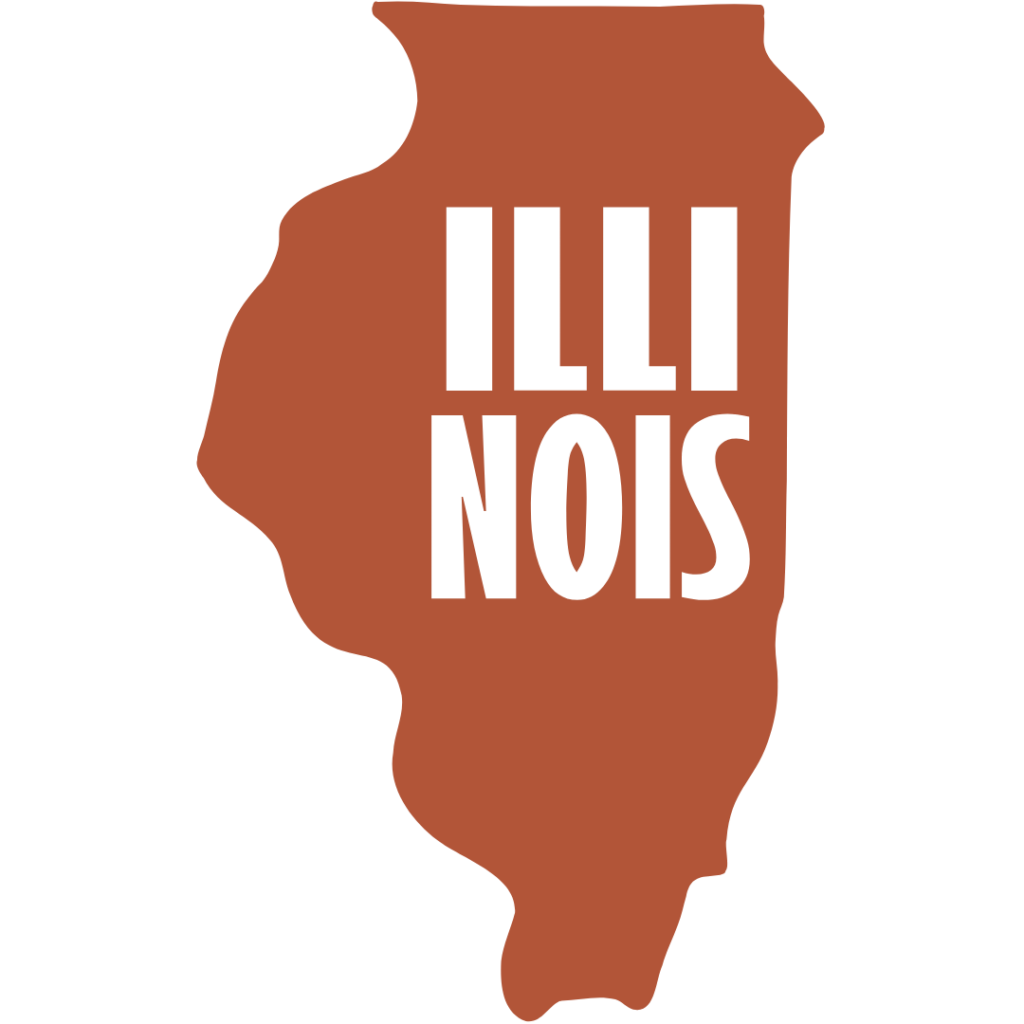
Solar for All
Illinois is making solar energy more accessible through several key programs:
Community Power Coalition’s “Powering America Together”
- Led by: Inclusive Prosperity Capital, Inc.
- Partners with: DOE’s National Community Solar Partnership.
- Focuses on: Community solar projects for low-income areas.
- Goals:
- Cut carbon emissions
- Lower energy costs
- Create good jobs and build community wealth
- Boost energy resilience
- Support fair workforce development
Illinois Solar Initiative
- Builds on: Illinois Solar for All (ILSFA) and Illinois Shines programs.
- Extends solar benefits to low-income and disadvantaged communities across the state.
- Provides:
- Financial aid (grants and loans)
- Support for health and safety upgrades
- Enhancements for energy storage
- Promotes more residential solar access
- Encourages community-driven solar projectsInvests in disadvantaged solar vendors
Solar Access for Nationwide Affordable Housing (SANAH)
- Partnership: GRID Alternatives and ten nonprofit organizations.
- Focuses on: Equity, pollution reduction, and climate change.
- Benefits:
- Expanded solar and storage access for low-income households.
- Significant energy savings.
- Efficiency improvements and electrification benefits.
Together, these programs—nationally with the Community Power Coalition and SANAH, and locally with the Illinois Solar Initiative—work to broaden solar access. They aim to meet the unique needs of Illinois’s diverse communities while drawing on national expertise and resources.
Indiana
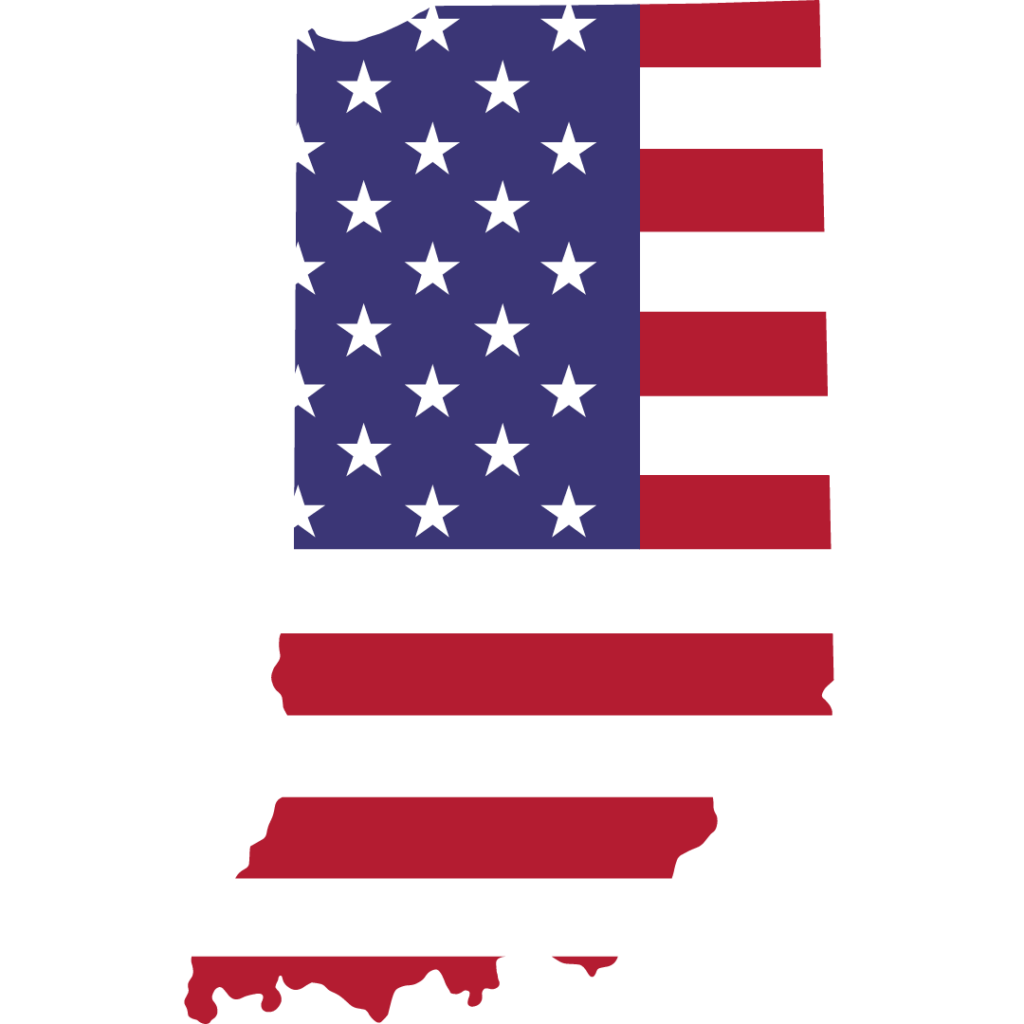
Solar for All
Community Power Coalition’s “Powering America Together”
- What it is: A joint program with the US Department of Energy’s National Community Solar Partnership and Community Power Accelerator, led by Inclusive Prosperity Capital, Inc.
- Who’s involved: Experienced community solar experts who have helped as developers, lenders, trainers, and technical advisors.
SFA Indiana (SFAI)
- What it is: A partnership between local governments and community groups in Fort Wayne, Gary, Indianapolis, and Columbus, along with six statewide organizations.
- Goal: To increase solar power in low-income households and transform Indiana’s solar market with new financial products and incentives.
- How it works: By encouraging solar use among low-income residents, integrating solar into affordable housing, and working with utility companies and workforce development programs.
Industrial Heartland Solar Coalition
- Location: Ohio, covering 31 communities across eight states in the Midwest and rustbelt.
- Led by: Growth Opportunity Partners (Growth Opps).
- Focus: To support a fair and clean energy transition in industrial heartland communities.
- What it does: Delivers energy savings, reduces greenhouse gas emissions, and provides solar workforce training. The coalition uses tax credits and grant funds to help low- and moderate-income households install residential solar panels and more.
Iowa

Solar for All
Solar Access for Nationwide Affordable Housing Program (SANAH)
What it is:
A program led by GRID Alternatives, working with ten nonprofit organizations focused on solar energy and affordable housing.
Goals:
- Boost solar access for low-income households
- Promote fairness and equity
- Cut pollution and fight climate change
Key Benefits:
- More solar and storage options for qualifying households
- Big savings on energy bills
- Extra perks like improved efficiency and electrification upgrades
Kansas

Solar for All
The Industrial Heartland Solar Coalition, based in Ohio, unites 31 communities across eight states, including the Midwest and the rustbelt. Led by Growth Opportunity Partners (Growth Opps), the coalition is dedicated to fostering a just and clean energy transition in America’s industrial heartland communities. The Solar for All (SFA) program, managed by Growth Opps and locally implemented by 18 coalition members, aims to deliver energy savings to households, reduce greenhouse gas emissions, and provide training through solar workforce development programs. By leveraging tax credits and SFA grant funds, the coalition seeks to reach low- and moderate-income households, installing residential rooftop solar and more.
Kentucky
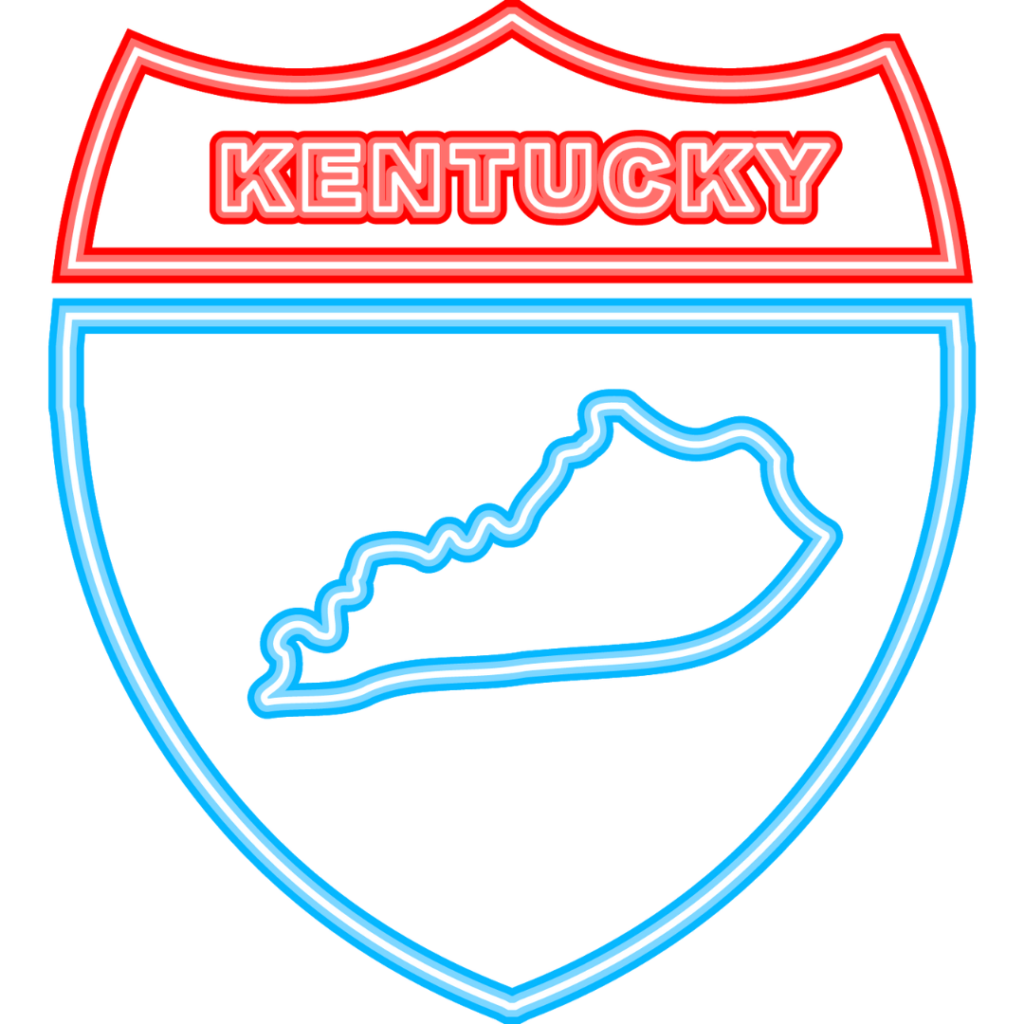
Solar for All
The Kentucky Solar for All (SFA) program helps low-income and disaster recovery households by:
- Boosting resilience
- Reducing energy costs and utility bills
- Cutting emissions for environmental benefits
The program also sets the stage for Kentucky to tap into future financial aid and utility programs to grow and expand.
Clean Energy Fund of Texas (TxCEF) and Bullard Center for Environmental and Climate Justice at Texas Southern University (BCECJ), together known as CEFBC:
- What they do: Provide technical help, private funding, and grants to minority-serving institutions.
- Goal: Launch community solar projects for low-income and disadvantaged areas facing energy policy and grid issues.
Benefits:
- Lower household utility bills
- Reduced emissions
- Revenue sharing through community ownership
- Increased private investment
Louisiana

Solar for All
Community Power Coalition (CPC):
- Program: “Powering America Together”
- Partnership: Collaborates with the US Department of Energy’s National Community Solar Partnership and Community Power Accelerator
- Led by: Inclusive Prosperity Capital, Inc.
- What it does: Brings together community solar experts who have helped develop, finance, and train others in solar energy.
- Goals: Support solar projects in low-income areas, cut carbon emissions, lower energy costs, create quality jobs, build community wealth, boost energy resilience, and ensure fair workforce opportunities.
Louisiana Solar for All (SFA) Program:
- What it is: A groundbreaking initiative focused on bringing solar power and energy storage to low-income and disadvantaged communities.
- Key Features:
- Install solar panels and energy storage in single-family and multi-family homes.
- Offer affordable financing, including loans for community resilience hubs, schools, and businesses.
- Focus on long-term support for solar projects, building a strong clean energy workforce, and involving communities in planning and execution.
Clean Energy Fund of Texas (TxCEF) and Bullard Center for Environmental and Climate Justice at Texas Southern University (BCECJ) (CEFBC):
- Mission: Provide technical help, private funding, and grants to minority-serving institutions.
- Goal: Launch community solar projects in low-income and disadvantaged areas facing energy and grid challenges.
Expected Benefits:
- Lower emissions
- Savings on household utility bills
- Shared revenue through community-owned solar
- Attract private investment to support clean energy projects.
Maine
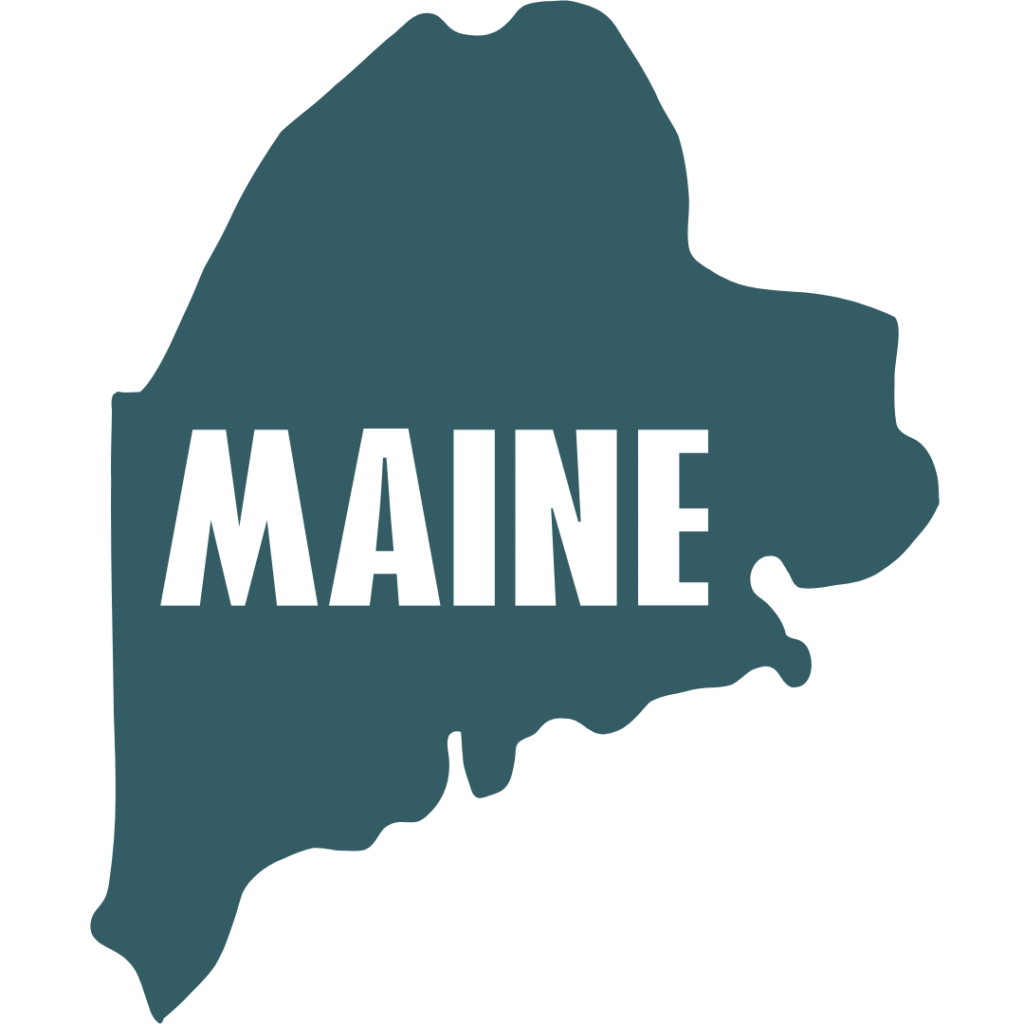
Solar for All
Maine’s MESA Program:
- What it does: Offers four financial assistance programs to help low-income and disadvantaged households overcome barriers to solar energy.
- Focus Areas:
- On-site solar for single-family and multifamily homes
- Support for cooperatively-owned community solar projects
- Integrates energy storage in all areas to boost resilience and maximize benefits
Additional Support:
- Technical Assistance: Provides help with workforce development, siting, permitting, and overcoming challenges like interconnection issues.
Community Power Coalition (CPC):
- Program: “Powering America Together”
- Partnership: Collaborates with the US Department of Energy’s National Community Solar Partnership and Community Power Accelerator
- Led by: Inclusive Prosperity Capital, Inc.
- What it does: Brings together experts in community solar who have experience in development, financing, training, and providing technical assistance.
Maryland

Solar for All
Community Power Coalition (CPC):
- Program: “Powering America Together”
- Partnership: Works with the US Department of Energy’s National Community Solar Partnership and Community Power Accelerator
- Led by: Inclusive Prosperity Capital, Inc.
- What it does: Unites community solar experts who help with development, financing, training, and technical support.
Maryland Solar for All (SFA) Program:
- Coalition: Brings together government, industry, utilities, academics, and non-profits
- Goals:
- Mobilize capital for solar projects
- Prepare the workforce for clean energy jobs
- Build capacity for low-income and disadvantaged communities to access solar energy
Focus Areas:
- Investments in solar for both single-family and multi-family homes
- Reduce energy costs and offer ownership opportunities for eligible households across Maryland
Texas Clean Energy Fund (TxCEF) and Bullard Center (BCECJ):
- Mission: Provide technical help, private funding, and grants to minority-serving institutions in Texas
- Goals: Establish community solar projects in low-income areas facing energy and grid challenges
Expected Outcomes:
- Lower emissions
- Savings on utility bills
- Shared revenue from community-owned solar projects
- Increased private investment
Solar Access for Nationwide Affordable Housing Program (SANAH):
- Led by: GRID Alternatives, with a coalition of ten nonprofit solar and affordable housing providers
- Goals: Maximize benefits for communities, promote equity, reduce pollution, and fight climate change
Benefits:
- Expanded access to solar and storage for low-income households
- Significant energy savings
- Added benefits like efficiency upgrades and electrification options
Massachusetts

Solar for All
Massachusetts SFA Program:
- Goal: Extend solar benefits to all low-income and disadvantaged communities across Massachusetts, especially in underserved areas.
- Budget Focus: A large part of the funding will go toward solar photovoltaic projects to cut greenhouse gas emissions.
Key Initiatives:
- Residential Zero-Interest Loan Program: Helps homeowners afford solar installations.
- Residential Lease Program: Offers solar leasing options for homes.
- Public Affordable Housing Procurement: Supports solar in public housing projects.
- Private Affordable Housing Financing: Provides funding for solar in private affordable housing.
- Low-Income Community Shared Solar: Enables shared solar projects for low-income communities.
GRID Alternatives and SANAH Program:
- Led by: GRID Alternatives, with a coalition of ten nonprofit solar and affordable housing providers.
- Focus: Maximize benefits for households and communities, promote equity, cut pollution, and combat climate change.
- Benefits: Expanded access to solar and storage for low-income households, significant energy savings, and additional perks like efficiency upgrades and electrification.
Community Power Coalition (CPC):
- Program: “Powering America Together”
- Partnership: Collaborates with the US Department of Energy’s National Community Solar Partnership and Community Power Accelerator
- Led by: Inclusive Prosperity Capital, Inc.
- Focus: Develop low-income community solar projects, reduce carbon emissions, lower energy costs, create jobs, build community wealth, and promote energy resilience and workforce development.
Massachusetts SMART Program:
- What it does: Encourages solar panel installation by offering owners a financial incentive for each kWh of electricity produced.
- Bonus: Additional incentives for low-income property owners.
Michigan
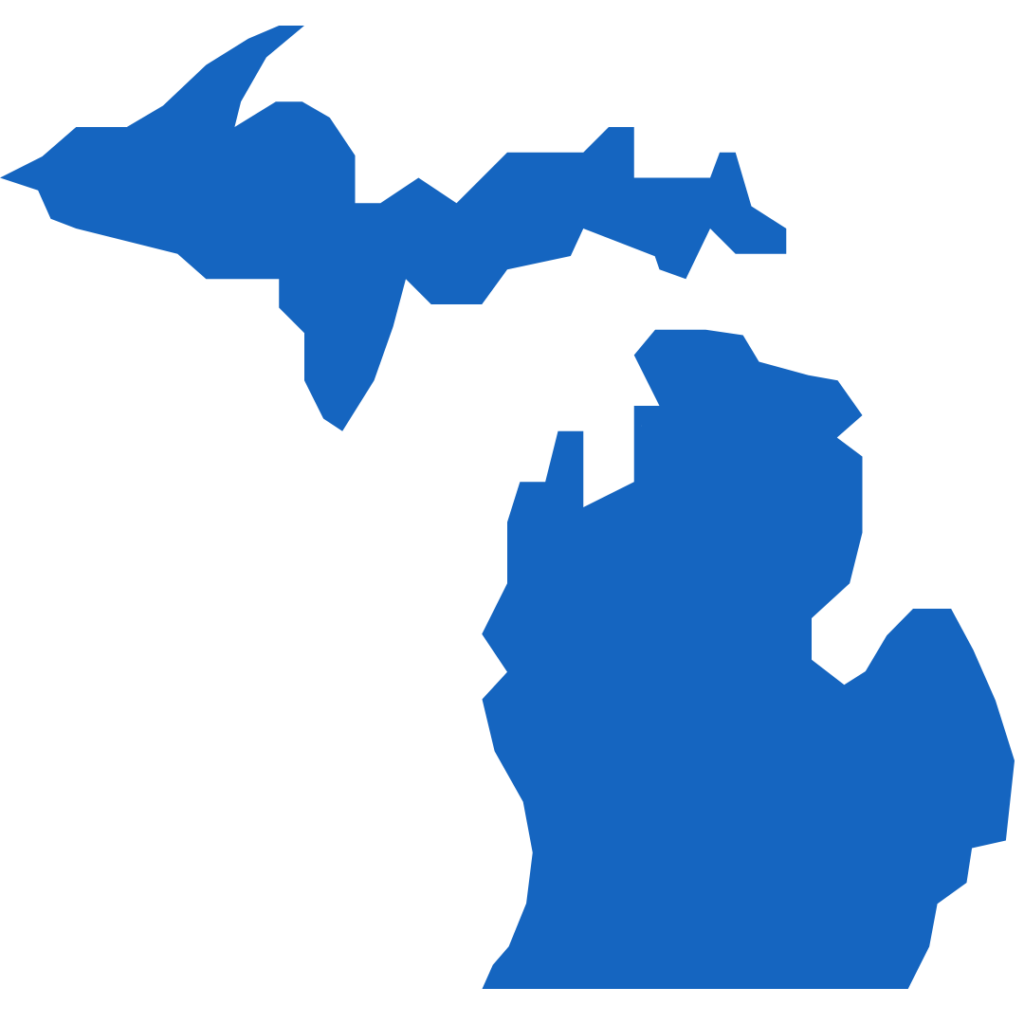
Solar for All
Community Power Coalition (CPC):
- Program: “Powering America Together”
- Partnership: Collaborates with the US Department of Energy’s National Community Solar Partnership and Community Power Accelerator
- Led by: Inclusive Prosperity Capital, Inc.
- What it does: Brings together experts to develop low-income community solar projects, reduce carbon emissions, lower energy costs, create quality jobs, and promote community wealth, energy resilience, and equitable workforce development.
MI Healthy Solar for All (SFA) Program:
- Purpose: A statewide initiative to bring residential rooftop solar and other solar projects to low-income and disadvantaged households across Michigan.
- Goals: Break down barriers to solar energy, provide financial and technical assistance, and make solar accessible to more households.
- Strategy: Work with public and private partners to fund rooftop solar installations, storage, and necessary home upgrades.
Midwest Tribal Energy Resources Association (MTERA):
- Partners: GRID Alternatives, Alliance for Tribal Clean Energy (ATCE), Native CDFI Network (NCN)
- Focus: Develop Tribally-owned residential solar projects with storage and essential upgrades for the 35 Tribes in Michigan, Minnesota, and Wisconsin.
- Support: Provide technical assistance and workforce development to empower Tribes and boost their energy self-sufficiency.
Industrial Heartland Solar Coalition:
- Location: Based in Ohio, covering 31 communities across eight states, from the Midwest to the Rust Belt.
- Led by: Growth Opportunity Partners (Growth Opps)
- Mission: Drive a just and clean energy transition in industrial heartland communities.
- Focus: Deliver energy savings, reduce greenhouse gas emissions, and offer solar workforce development through local implementation by 18 coalition members.
Solar Access for Nationwide Affordable Housing Program (SANAH):
- Led by: GRID Alternatives with a coalition of ten nonprofit solar and affordable housing providers.
- Purpose: Maximize benefits for households and communities, advance equity, reduce pollution, and combat climate change.
- Benefits: Expand access to solar and storage for income-qualified households, provide significant energy savings, and offer additional perks like efficiency improvements and electrification.
Minnesota

Solar for All
Community Power Coalition (CPC):
- Program: “Powering America Together”
- Partnership: Working with the US Department of Energy’s National Community Solar Partnership and Community Power Accelerator
- Led by: Inclusive Prosperity Capital, Inc.
- Goals: Develop solar projects for low-income communities, reduce carbon emissions, lower energy costs, create quality jobs, build community wealth, and support energy resilience and equitable workforce development.
Minnesota’s Solar for All (SFA) Program:
- Led by: Minnesota Commerce Department’s Division of Energy Resources (COMM)
- Focus: Making solar accessible to low-income and disadvantaged households, including Tribal communities.
- Support: Offers grants, loans, workforce training, technical assistance, and community engagement to help more people benefit from solar energy.
Midwest Tribal Energy Resources Association (MTERA):
- Partners: GRID Alternatives, Alliance for Tribal Clean Energy (ATCE), Native CDFI Network (NCN)
- Mission: Implement Tribally-owned solar projects, including storage and upgrades, for 35 Tribes in Michigan, Minnesota, and Wisconsin.
- Focus: Provide technical support and workforce development to strengthen Tribal energy independence and self-sufficiency.
Grid Alternatives’ Western Indigenous Network Solar For All (WIN-SFA):
- Focus: Empower Tribal households with solar energy, promote energy sovereignty, and combat climate change.
- Support: Provides financial assistance, grants, and technical expertise to bring solar power to thousands of Native American homes.
Solar Access for Nationwide Affordable Housing Program (SANAH):
- Led by: GRID Alternatives with a coalition of ten nonprofit organizations
- Purpose: Maximize benefits for households and communities, promote equity, reduce pollution, and fight climate change.
- Benefits: Expands access to solar and storage for income-qualified households, offers significant energy savings, and includes additional perks like efficiency upgrades and electrification.
Minnesota Xcel Energy Solar*Rewards Program:
- Focus: Offers low-income solar incentives for Minnesota customers.
- Incentives:
- Performance-based rebate: $0.03 per kWh for energy produced by the solar system.
- Upfront payment: $2.75 per watt of solar installed.
- Example: An income-eligible customer installing a 6-kilowatt system would get a $16,500 upfront payment.
Mississippi

Entergy Mississippi Low-to-Moderate Income Residential Incentive Program
Entergy Mississippi Low-to-Moderate Income Residential Incentive Program
Entergy Mississippi is offering a $3,000 cash incentive to low-to-moderate income residents who install renewable energy systems, such as solar panels. To qualify, the system must have a capacity of at least 4 kilowatts-DC (kW-DC) and generate no more than 110% of the customer’s yearly peak demand. This incentive is first-come, first-served and is available until 2027. However, residents can only choose between this incentive or the Residential Demand Response Battery Incentive Program—not both.
Solar for All
The Southeast Rural Power Coalition, led by Groundswell, is launching the Southeast Rural Power Solar for All Program. This initiative aims to provide community solar and energy storage to low-income and disadvantaged households across the Southeast, boosting community resilience, lowering energy costs, and cutting greenhouse gas emissions. The coalition consists of nonprofit electric cooperatives and municipal utilities that serve some of the Southeast’s most economically challenged and energy-burdened communities.
In Mississippi, Hope Enterprise Corporation (HEC) is dedicated to making solar energy affordable and reliable for low-income residents. Their plan includes two main initiatives:
- Residential Rooftop Solar for Low-Income Households: This initiative seeks to create a solar leasing market that reduces energy costs for low-income households while supporting local solar businesses.
- Multifamily Behind-the-Meter Solar for Low-Income Tenants: This initiative aims to cut energy bills for tenants in multifamily buildings through smart financial solutions and collaborations with local housing developers.
Missouri

Solar for All
The Community Power Coalition (CPC) is launching the “Powering America Together” program to expand access to solar energy for low-income communities across the country. Partnering with the U.S. Department of Energy’s National Community Solar Partnership, this initiative is led by Inclusive Prosperity Capital, Inc. and brings together experienced experts in community solar. The goal is to develop solar projects that reduce carbon emissions, cut energy costs, create quality jobs, build community wealth, and enhance energy resilience.
In the Midwest and rustbelt, the Industrial Heartland Solar Coalition, led by Growth Opportunity Partners (Growth Opps), is uniting 31 communities across eight states to push for a clean energy transition. Their Solar for All program aims to save households money on energy bills, reduce greenhouse gas emissions, and provide solar workforce training, ensuring that local communities benefit from this shift to clean energy.
In Texas, the Clean Energy Fund of Texas (TxCEF) is teaming up with the Bullard Center for Environmental and Climate Justice at Texas Southern University. Together, they are focused on bringing community solar projects to low-income and disadvantaged neighborhoods. These projects are designed to lower utility bills, reduce emissions, and generate shared revenue through community ownership, all while attracting private investment.
Missouri’s Solar for All program, led by the Missouri Environmental Improvement and Energy Resources Authority (EIERA), is set to bring solar energy to thousands of homes in disadvantaged areas using the Greenhouse Gas Reduction Fund. This initiative will offer forgivable loans, making it easier for residents to adopt solar without long-term debt, and low-interest loans through a revolving fund to keep expanding solar access even after the program ends. By channeling financing and private capital into solar projects, Missouri aims to transform its clean energy market and create healthier, more resilient communities.
Montana

Solar for All
The Community Power Coalition (CPC) is rolling out the “Powering America Together” program to boost solar energy access for low-income communities. Partnering with the U.S. Department of Energy’s National Community Solar Partnership, CPC, led by Inclusive Prosperity Capital, Inc., brings together experts in community solar to help develop solar projects. The aim is to cut carbon emissions, lower energy costs, create good jobs, and build community wealth.
In Montana, the Solar for All (SFA) Program is working to make solar energy more accessible for low-income, Tribal, and disadvantaged communities. The program will tackle barriers to solar adoption by focusing on outreach, workforce development, and providing both technical and financial support. By leveraging extra funding, the program plans to help as many households as possible with single-family and multifamily solar projects.
The Northern Plains Tribal Solar for All (NPT-SFA) program is transforming energy access in underserved communities. Starting in North Dakota, South Dakota, and Montana, and expanding to tribes in Wisconsin and Wyoming, NPT-SFA builds on a successful pilot in Montana’s Northern Cheyenne reservation. The program focuses on creating Tribally-owned solar systems for Tribal members, addressing high energy costs and power outages.
In partnership with GRID Alternatives, a coalition of nonprofit solar and affordable housing providers has developed the Solar Access for Nationwide Affordable Housing Program (SANAH). SANAH aims to expand solar and storage access for low-income households, cut energy costs, and offer additional benefits like efficiency upgrades and electrification. The program is designed to support equity, reduce pollution, and fight climate change.
Nebraska

Solar for All
The Community Power Coalition (CPC) is launching the “Powering America Together” program to boost solar energy for low-income communities. Working with the U.S. Department of Energy’s National Community Solar Partnership, CPC, led by Inclusive Prosperity Capital, Inc., brings in solar experts to help develop community solar projects. The goal is to cut carbon emissions, lower energy bills, create good jobs, and build community wealth.
Nebraska’s Solar for All (SFA) program is the first in the state to ensure everyone, especially low-income and disadvantaged households, gets access to solar power. Covering all of Nebraska, this program aims to reduce greenhouse gas emissions quickly, save money for low-income families, and create opportunities for solar ownership. The program will focus on rooftop and multifamily solar installations and will include a special initiative for Nebraska Tribes.
Nevada
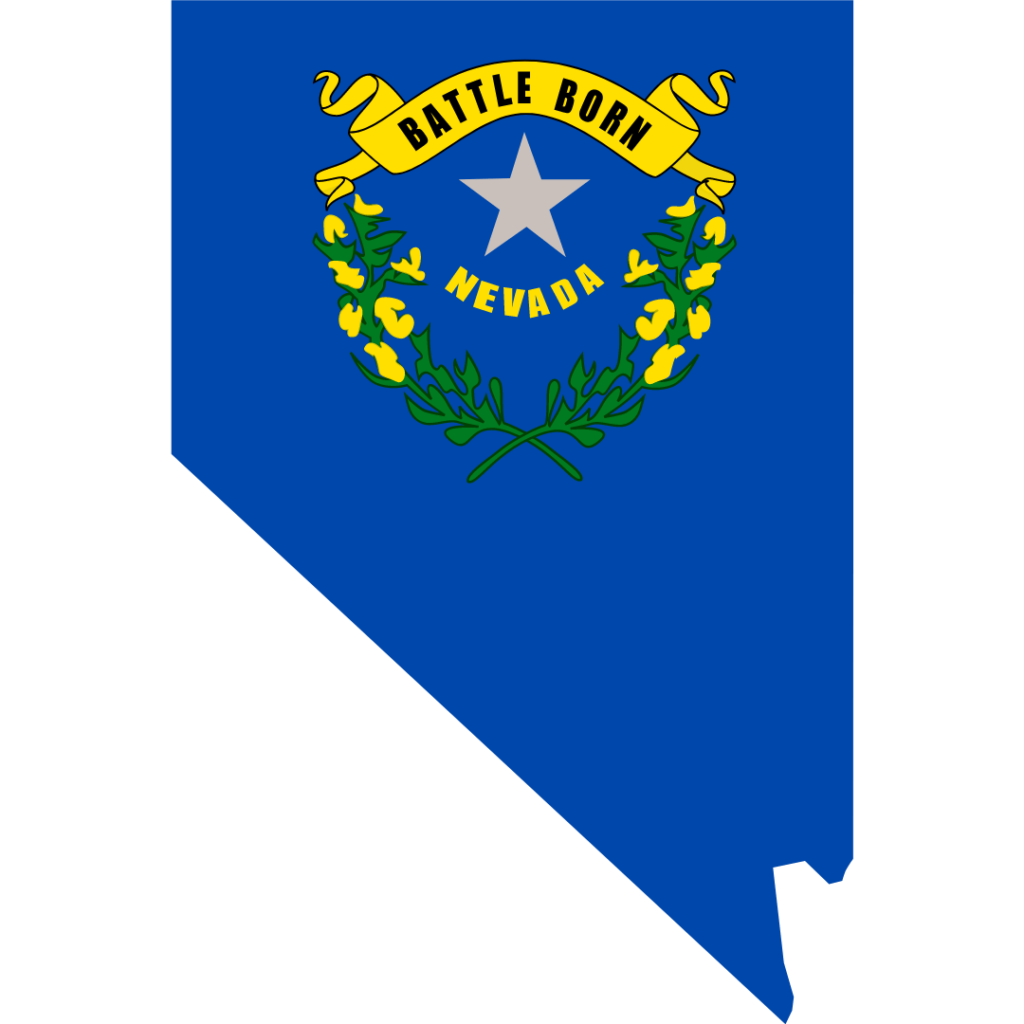
Solar for All
The Community Power Coalition (CPC) is launching the “Powering America Together” program to boost solar energy in low-income communities. Partnering with the U.S. Department of Energy’s National Community Solar Partnership, CPC, led by Inclusive Prosperity Capital, Inc., features experienced solar experts who will help build community solar projects. The aim is to cut carbon emissions, lower energy bills, create good jobs, and build stronger, more resilient communities.
Nevada’s Solar for All (NSFA) initiative is designed to help low-income and disadvantaged communities across the state access solar energy. NSFA will offer financial and technical support to single-family homeowners, affordable housing projects, and community solar efforts. The goal is to make solar power accessible to all Nevadans and foster a thriving solar market in the state.
In collaboration with GRID Alternatives, a coalition of ten nonprofit solar and affordable housing organizations has developed the Solar Access for Nationwide Affordable Housing Program (SANAH). This program is focused on expanding solar access, reducing pollution, and combating climate change. SANAH provides significant energy savings, improves efficiency, and offers solar and storage solutions for income-qualified households.
New Hampshire

New Hampshire Low Income Home Energy Assistance Program (LIHEAP)
The New Hampshire Low-Income Home Energy Assistance Program (LIHEAP) helps families with low incomes manage their energy bills. Run in partnership with local Community Action Agencies (CAAs), this program offers support based on household income.
Key Features:
- Energy Affordability: Helps make energy bills more manageable for eligible households.
- Renewable Energy Support: Funds can be used for traditional energy costs as well as solar energy solutions, like community solar subscriptions.
- Guidance on Solar Solutions: Recipients get advice on choosing community solar subscriptions to make the most out of renewable energy options.
Solar for All
In New Hampshire, a collaborative effort between the Department of Energy (NHDOE), the Community Loan Fund, and the Housing Finance Authority is making solar power accessible to those who need it most.
Here’s How It Works:
- Community Loan Fund: Focuses on helping residents of manufactured housing parks buy their parks and turn them into cooperatives. They’ll also support solar installations in these communities.
- NH Housing: Uses funding to install solar on workforce housing projects, benefiting more low-income families.
- NHDOE: Expands its community solar program to reach communities and projects not covered by the other two programs.
The Community Power Coalition’s (CPC) “Powering America Together” program will work alongside the US Department of Energy’s National Community Solar Partnership to boost low-income community solar projects. Led by Inclusive Prosperity Capital, CPC will help reduce carbon emissions, lower energy costs, and create quality jobs while building community wealth and energy resilience.
New Jersey
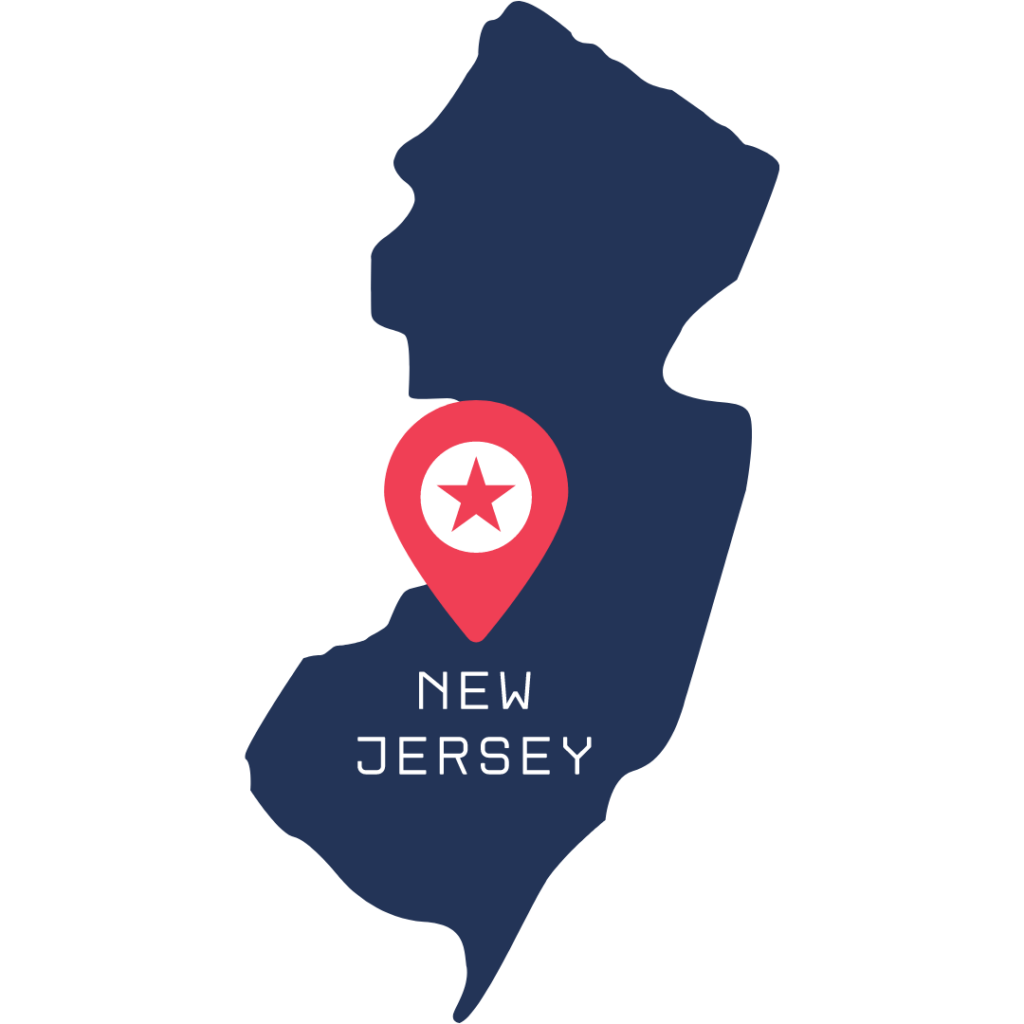
Solar for All
The New Jersey Solar for All (NJ SFA) program, led by the Board of Public Utilities (NJBPU), is designed to make solar energy more accessible to low-income and disadvantaged communities. Here’s what you need to know:
Key Focus Areas:
- Residential Solar: Installing solar panels on individual homes.
- Multi-Family Housing Solar and Storage: Adding solar and storage solutions to apartment buildings.
- Community Solar: Creating solar projects that benefit entire communities.
- Technical Assistance and Workforce Development: Providing support and training for solar projects.
Program Goals:
- Reach Thousands: Aims to help tens of thousands of underserved households.
- Build on Experience: Utilizes NJBPU’s extensive background in managing solar programs.
- Meet Demand: Responds to the high interest in solar energy in New Jersey.
Collaborations:
- Community Power Coalition’s “Powering America Together”
- Partners with the US Department of Energy’s National Community Solar Partnership and Community Power Accelerator.
- Led by Inclusive Prosperity Capital, Inc.
- Focuses on creating solar projects for low-income communities, reducing emissions, cutting costs, and boosting local economies.
2. Solar Access for Nationwide Affordable Housing (SANAH) Program
- Developed by GRID Alternatives and ten nonprofit partners.
- Aims to expand solar access, reduce pollution, and address climate change.
- Provides increased access to solar and storage, significant energy savings, and additional benefits like energy efficiency improvements and electrification.
New Mexico
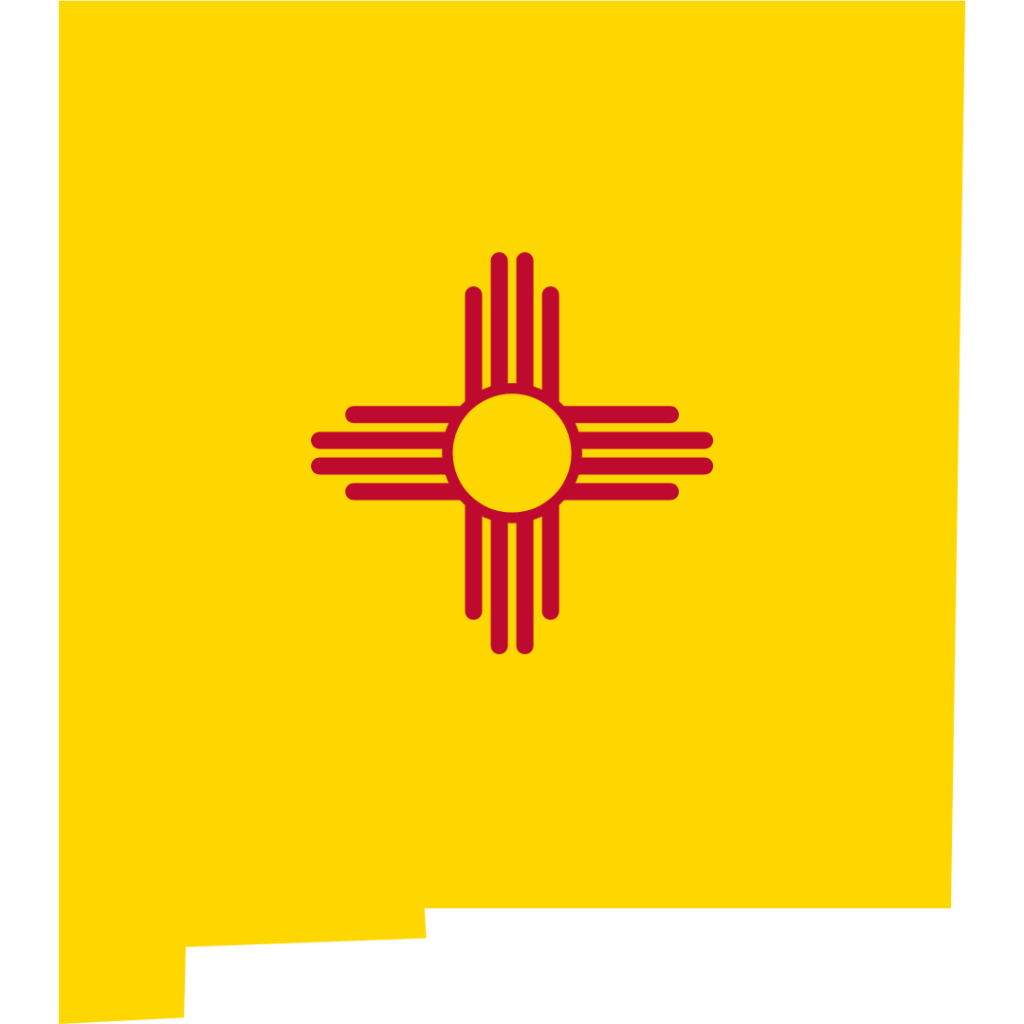
Solar for All
New Mexico is leading the way in making solar energy accessible to everyone through its “Solar for All” initiative. This program is designed to break down barriers to solar power, especially for low-income and disadvantaged communities.
Key Features of New Mexico’s Solar for All Program:
- Expanded Community Solar Access:
- The Energy, Minerals and Natural Resources Department (EMNRD) is working to increase shared solar options beyond current limits. This expansion will help even the most remote residents, including those without electricity.
- Focus on Disadvantaged Communities:
- The program targets low-income households, both homeowners and renters. It offers grants and financing for solar projects to help reduce monthly electricity bills.
- Grid Resilience:
- By supporting on-site solar installations, the initiative aims to make the power grid stronger and more reliable, especially in vulnerable areas.
- Collaboration with National Initiatives:
- New Mexico’s program works alongside federal efforts like the US Department of Energy’s National Community Solar Partnership and Community Power Accelerator.
- Diverse Coalition:
- The state is teaming up with experienced community solar experts, including the Community Power Coalition (CPC), to benefit from their knowledge in project development, financing, and support.
Expected Outcomes:
- More solar energy adoption in underserved areas
- Lower carbon emissions
- Reduced energy costs for participating households
- Creation of quality jobs in the renewable energy field
- Strengthened community wealth and energy resilience
- Fair workforce development opportunities
New Mexico’s Solar for All program is a comprehensive approach to expanding solar access, focusing on both environmental benefits and social equity. By addressing the needs of disadvantaged communities and remote areas, the state is making sure that the advantages of clean energy reach everyone.
This initiative sets New Mexico apart as a leader in inclusive clean energy, offering a model for other states aiming to combine climate action with social fairness. As the program grows, it has the potential to reshape the state’s energy landscape and improve the lives of its most vulnerable residents.
New York

NY-Sun Initiative
The NY-Sun Initiative offers extra incentives for low-to-moderate income households looking to install solar panels. To qualify, you need to fill out the NYSERDA Income Eligibility application and provide proof of your income, such as award letters from EmPower NY, SNAP, social security, or records of all income sources.
Savings with NY-Sun:
- Con Ed Region: $0.80 per watt
- Upstate Region: $0.80 per watt
If the standard incentive for your area runs out, you’ll still get this rate until the funds are gone. Solar systems are capped at 110% of your estimated annual energy use after efficiency upgrades, or 100% of your current annual energy use—whichever is lower.
Solar for All
Community Power Coalition (CPC): The CPC’s “Powering America Together” program works with the US Department of Energy’s National Community Solar Partnership and Community Power Accelerator. Led by Inclusive Prosperity Capital, Inc., CPC includes experts in community solar who help develop projects, offer financing, and provide technical support. The goal is to support low-income community solar projects, cut carbon emissions, lower energy costs, and create good jobs while boosting community wealth and energy resilience.
New York State Energy Research and Development Authority (NYSERDA): NYSERDA is using support from the EPA’s Solar for All program to enhance its solar and workforce programs. This effort aims to help millions of residents in disadvantaged communities and low-income households. NYSERDA will also launch new programs to tackle specific barriers to solar adoption and will work with New York City and affordable housing agencies across the state.
Industrial Heartland Solar Coalition: Based in Ohio, this coalition covers 31 communities across eight states, from the Midwest to the rustbelt. Led by Growth Opportunity Partners, the coalition focuses on a fair and clean energy transition. The Solar for All program aims to save energy for households, reduce greenhouse gas emissions, and provide solar job training.
Solar Access for Nationwide Affordable Housing (SANAH) Program: Developed by GRID Alternatives and ten nonprofit partners, SANAH aims to maximize benefits for low-income households and communities. The program focuses on equity, reducing pollution, and combating climate change. It offers increased access to solar and storage, significant energy savings, and additional benefits like efficiency improvements and electrification.
North Carolina
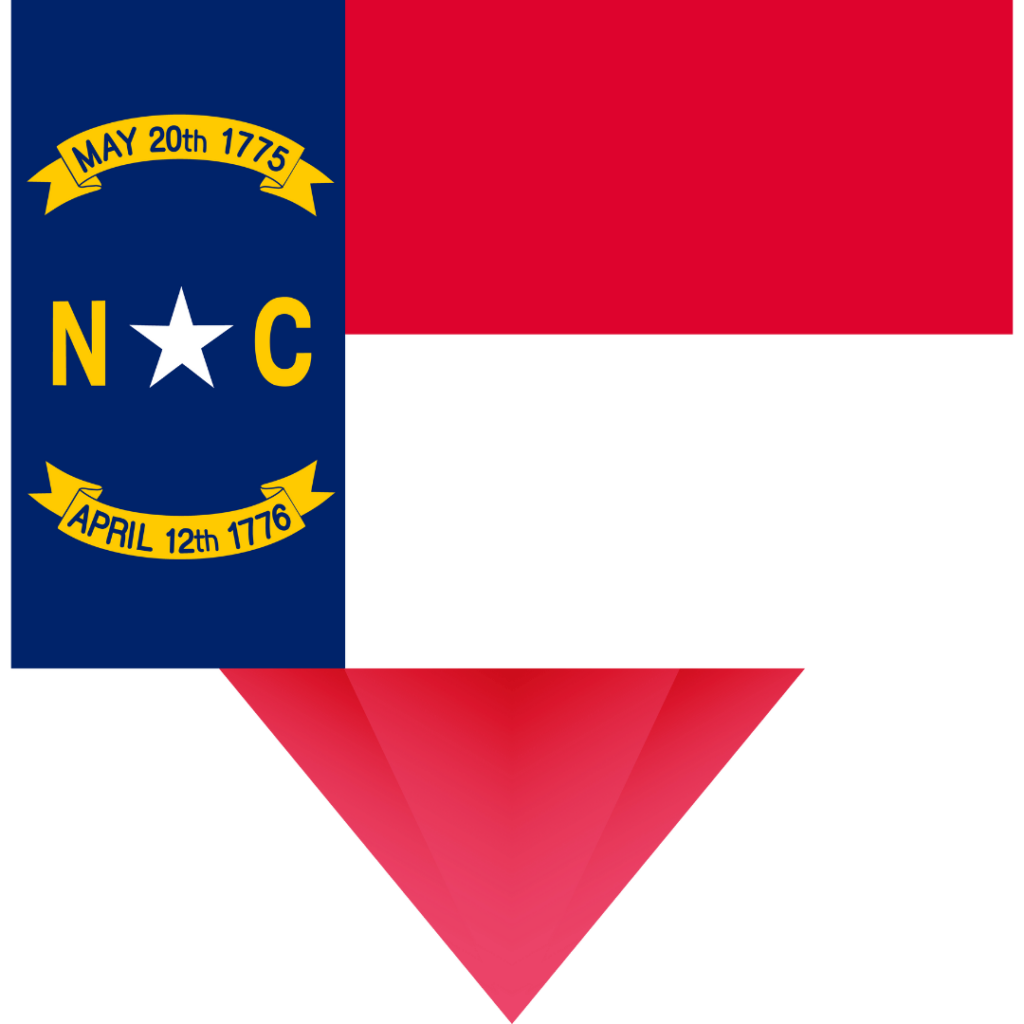
Solar for All
Southeast Rural Power Coalition: The Southeast Rural Power Coalition, led by Groundswell, is launching the Southeast Rural Power SFA Program. This initiative aims to bring solar energy, energy storage, and savings to low-income and disadvantaged households in the Southeast. The program will help improve energy efficiency and cut greenhouse gas emissions. It involves nonprofit electric cooperatives and municipal utilities serving some of the region’s most under-resourced communities. The program will support new solar developers and installers with resources, project support, financing, and workforce training. Groundswell, based in DC, will run this program across eight southeastern states.
North Carolina Solar for All Coalition: The North Carolina Solar for All Coalition is rolling out the EnergizeNC program to boost solar energy across the state. This initiative will help quickly deploy solar panels and storage, benefiting low-income and disadvantaged communities, including those on Tribal lands. The program has four main goals:
- Develop a detailed management strategy with community input during a year-long planning phase.
- Reduce greenhouse gas emissions and lower energy costs by installing rooftop solar in low-income homes and apartments.
- Train and empower a skilled workforce to handle solar projects, with a focus on minority and Tribal communities.
- Engage extensively with communities to ensure the benefits reach those in need.
Clean Energy Fund of Texas (TxCEF): The Clean Energy Fund of Texas, in partnership with the Bullard Center for Environmental and Climate Justice at Texas Southern University, is working to bring community solar projects to low-income and disadvantaged communities. They provide technical assistance, private capital, and grants to overcome challenges related to energy access. The aim is to cut emissions, reduce utility bills, and generate shared revenues through community solar projects.
Solar Access for Nationwide Affordable Housing Program (SANAH): Led by GRID Alternatives and ten nonprofit partners, the SANAH program is designed to expand access to solar and storage for income-qualified households. The program focuses on equity, reducing pollution, and fighting climate change. It offers significant energy savings, relief from high costs, and additional benefits like improved energy efficiency and electrification.
North Dakota

Solar for All
North Dakota is making big moves toward a cleaner and fairer energy future with its “Solar for All” (SFA) program. This initiative is designed to increase access to solar energy across the state, especially for low-income and disadvantaged communities.
Key Features of North Dakota’s Solar for All Program:
- Broad Solar Adoption: The program is focused on reducing pollution and cutting greenhouse gas emissions by promoting solar energy. It supports solar installations on both single-family homes and apartment buildings.
- Financial Incentives: North Dakota is offering grants, tax incentives, and low-interest loans to make solar energy more affordable for residents.
- Tribal Focus: The Northern Plains Tribal Solar for All (NPT-SFA) program, a key part of the initiative, aims to improve energy and economic systems in tribal communities. Initially targeting North Dakota, South Dakota, and Montana, with future plans for Wisconsin and Wyoming, this program builds on a successful pilot on the Northern Cheyenne reservation.
- Tribally-Owned Solar Systems: NPT-SFA will create Tribally-owned solar projects installed at the homes of Tribal members. This approach addresses issues like high electricity costs, frequent outages, and old housing in these communities.
- Partnerships with National Programs: North Dakota’s program works alongside federal initiatives like the US Department of Energy’s National Community Solar Partnership and Community Power Accelerator. The state is also teaming up with the Community Power Coalition (CPC) for expert support in community solar development.
- Affordable Housing Integration: Through the Solar Access for Nationwide Affordable Housing Program (SANAH), North Dakota is incorporating solar and energy storage into affordable housing projects.
Expected Outcomes:
- Reduced Carbon Emissions: Cleaner air and lower greenhouse gas emissions.
- Lower Energy Bills: More affordable energy for participating households.
- Increased Energy Resilience: Better energy reliability, especially in tribal communities.
- Job Creation: New job opportunities in the renewable energy sector.
- Community Wealth: Building local energy resources and economic benefits.
- Workforce Development: Training and opportunities for local workers.
- Improved Efficiency: Enhanced energy efficiency in homes.
North Dakota’s Solar for All program is a comprehensive effort to make clean energy accessible while addressing social equity issues. By focusing on underserved and tribal communities, the state aims to spread the benefits of solar energy across its diverse population.
This program shows North Dakota’s commitment to clean energy, especially given its historical reliance on fossil fuels. As it progresses, it has the potential to transform the state’s energy scene and set a powerful example for other states in the region.
Ohio
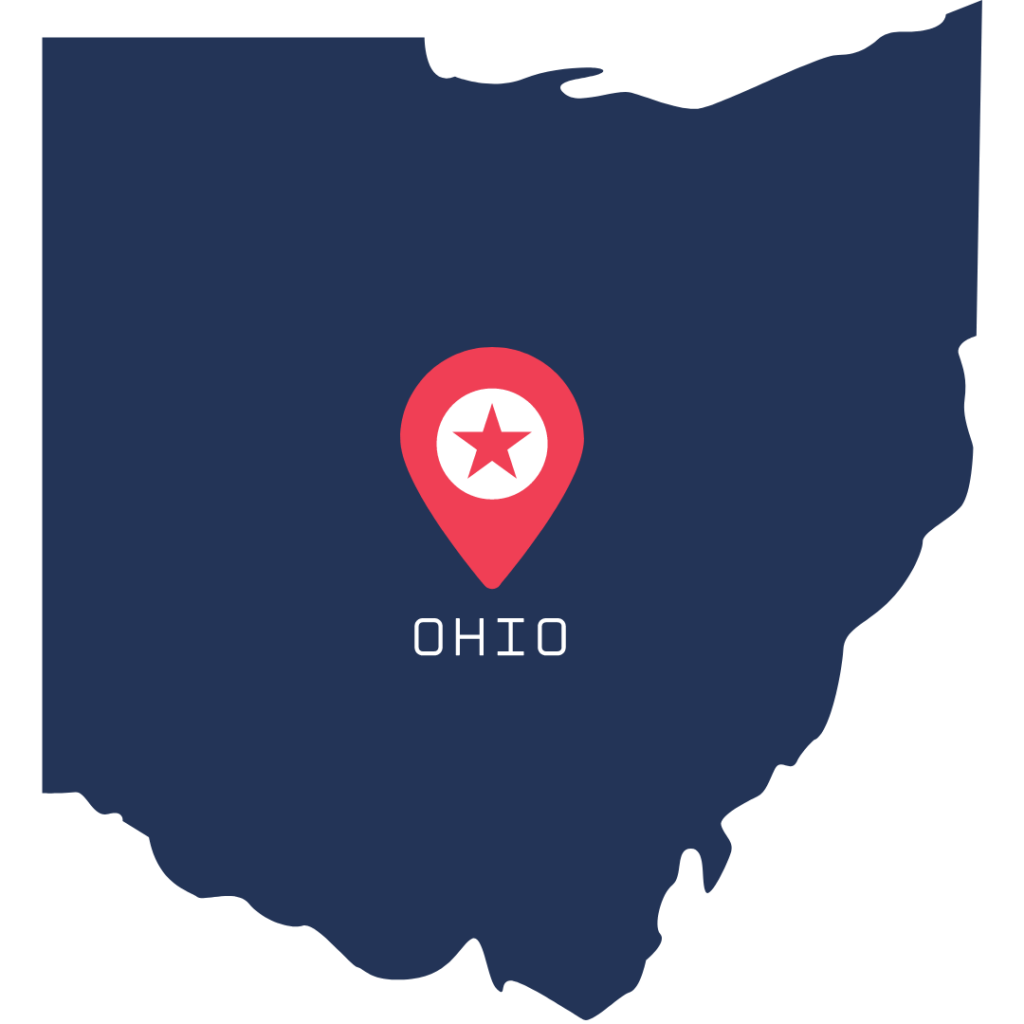
Solar for All
Community Power Coalition (CPC) and “Powering America Together”
The Community Power Coalition (CPC) is launching its “Powering America Together” program in partnership with the US Department of Energy’s National Community Solar Partnership and Community Power Accelerator. Led by Inclusive Prosperity Capital, Inc., CPC brings together experts in community solar who have helped develop and support similar programs. This initiative focuses on:
- Supporting Low-Income Solar Projects: Helping to create affordable solar options for low-income communities.
- Cutting Carbon Emissions: Reducing pollution and promoting cleaner energy.
- Lowering Energy Costs: Making solar energy more affordable for everyone.
- Creating Jobs and Building Wealth: Generating good jobs and strengthening community finances.
- Boosting Energy Resilience: Ensuring communities can rely on their energy sources.
- Fair Workforce Development: Offering training and job opportunities in the solar industry.
Ohio’s Solar for All (SFA) Program
Ohio is rolling out its Solar for All program to help low- and moderate-income households and disadvantaged communities access solar power. This program, managed by the Ohio Air Quality Development Authority and the Ohio Environmental Protection Agency, aims to:
- Provide Flexible Funding: Offering various ways to pay for solar, whether you own or rent your home.
- Achieve Significant Savings: Lowering energy bills and easing the financial burden of high energy costs.
- Improve Air Quality: Making the air cleaner and healthier.
- Boost Economic Prosperity: Supporting economic growth in underserved areas.
- Sustainability: Ensuring the program’s benefits last for years to come.
Industrial Heartland Solar Coalition
The Industrial Heartland Solar Coalition, led by Growth Opportunity Partners, includes 31 communities across eight states from the Midwest to the Rust Belt. Their Solar for All program focuses on:
- Energy Savings: Helping households save on their energy bills.
- Cutting Greenhouse Gases: Reducing harmful emissions.
- Workforce Training: Providing training and jobs in the solar industry.
- Expanding Access: Installing solar panels for low- and moderate-income families using tax credits and grants.
Solar Access for Nationwide Affordable Housing Program (SANAH)
Partnering with GRID Alternatives, a coalition of ten nonprofit solar and affordable housing groups has created SANAH. This program aims to:
- Maximize Benefits: Offering solar and storage solutions to income-qualified households.
- Advance Equity: Promoting fairness and reducing pollution.
- Reduce Costs: Providing significant energy savings and relief from high costs.
- Improve Efficiency: Upgrading energy use and promoting electrification.
Overall, these initiatives are working to make solar energy accessible, affordable, and beneficial for everyone, especially those in need.
Oklahoma

Solar for All
The “Solar for All” (SFA) initiative is making waves across the U.S., aiming to make solar energy accessible to everyone, tackle climate change, and promote fairness. This program brings together a variety of groups to boost community solar projects, especially in areas that need it most.
Key Parts of the Solar for All Initiative:
Community Power Coalition’s “Powering America Together”
The Community Power Coalition (CPC), led by Inclusive Prosperity Capital, Inc., is driving a program that works with the U.S. Department of Energy’s National Community Solar Partnership and Community Power Accelerator. CPC’s team of community solar experts is focused on:
- Supporting Low-Income Solar Projects: Helping people with limited resources access solar power.
- Reducing Carbon Emissions: Cutting down on pollution.
- Lowering Energy Bills: Making energy more affordable.
- Creating Jobs: Providing good job opportunities.
- Building Community Wealth: Strengthening local economies.
- Boosting Energy Resilience: Making communities more energy secure.
- Promoting Fair Workforce Development: Ensuring everyone has a chance to work in the solar industry.
Texas Clean Energy Fund and Bullard Center Collaboration
In Texas, the Clean Energy Fund of Texas (TxCEF) and the Bullard Center for Environmental and Climate Justice at Texas Southern University (BCECJ) are teaming up to push solar adoption in underserved areas. Known as CEFBC, this partnership focuses on:
- Providing Support: Offering technical help, private funding, and grants to institutions that serve minority communities.
- Building Solar Projects: Creating solar solutions for low-income and disadvantaged areas.
- Overcoming Challenges: Tackling issues related to energy policy and unreliable power grids.
Expected Benefits in Texas:
- Cutting Emissions: Reducing pollution.
- Saving on Utility Bills: Lowering costs for households.
- Generating Revenue: Creating income through community-owned solar projects.
- Attracting Private Investment: Bringing in funding for clean energy.
The “Solar for All” initiative is a major step toward expanding access to clean energy and addressing both social and environmental justice. By focusing on communities that need it most and partnering with financial institutions, universities, and local organizations, the program aims to share the benefits of solar energy widely.
As these programs grow, they have the potential to transform the U.S. energy scene, improve lives, and set new benchmarks for inclusive clean energy policies. This initiative not only helps fight climate change but also supports economic growth and strengthens energy security in underserved communities.
Oregon
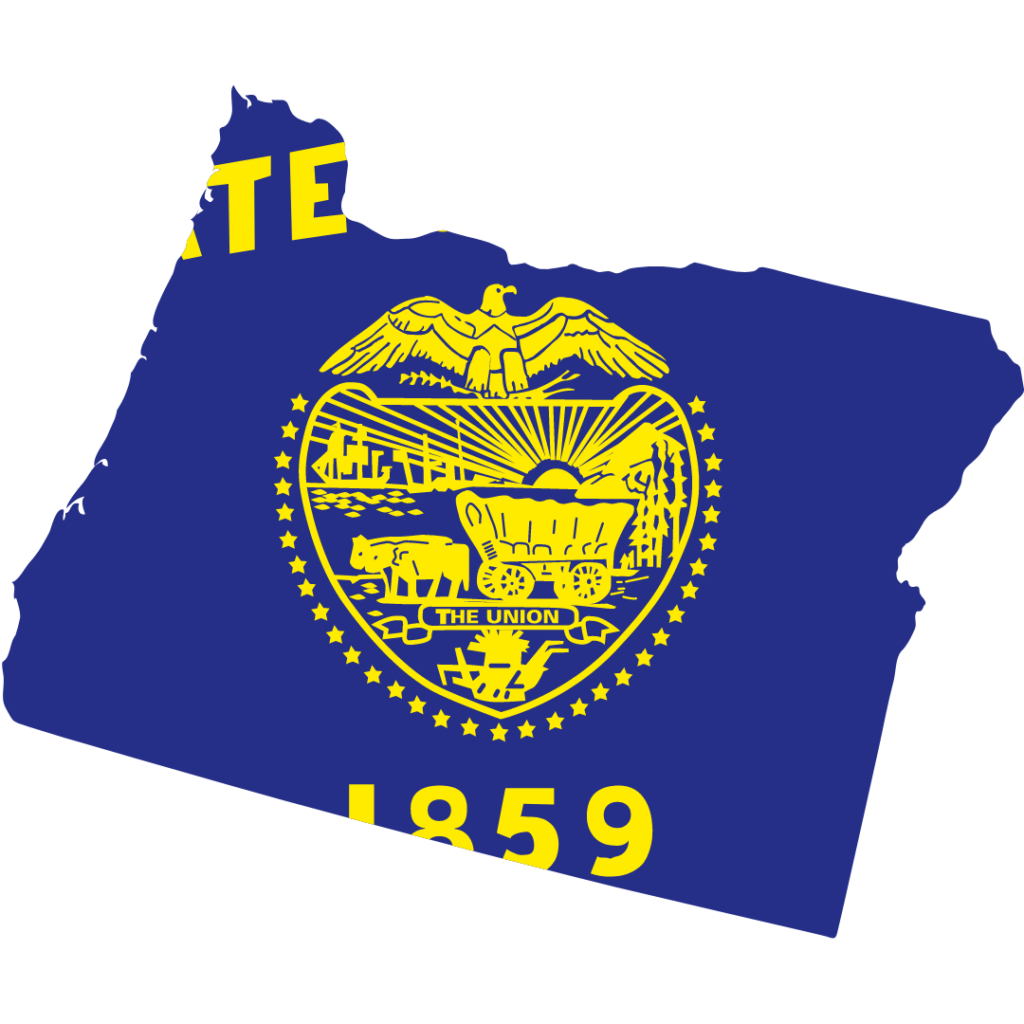
Oregon Solar + Storage Rebate Program
Oregon’s Solar + Storage Rebate Program is here to help residents and low-income service providers save on solar and energy storage systems. When you sign up, approved contractors receive rebates and pass these savings on to you.
Key Details:
- Rebates for Solar: Up to $5,000 for installing a solar electric system.
- Rebates for Storage: Up to $2,500 for adding an energy storage system.
For Low- or Moderate-Income Households:
- Rebates can be up to $1.80 per watt of installed capacity.
- This covers up to 60% of the net cost or $5,000, whichever is lower.
For Other Households:
- You can still get a rebate of $0.20 per watt of installed capacity.
Additional Incentives:
- Even if you’re not eligible for the utility incentive, you might qualify for a rebate of $0.50 per watt, covering up to 40% of the net cost or $5,000, whichever is less.
Solar for All
The Community Power Coalition (CPC) is leading a nationwide “Solar for All” initiative called “Powering America Together,” in partnership with the U.S. Department of Energy. With experts from Inclusive Prosperity Capital, Inc., CPC focuses on:
- Supporting Low-Income Solar Projects: Helping to develop solar solutions for low-income communities.
- Reducing Carbon Emissions: Lowering emissions and energy costs.
- Creating Jobs: Promoting good jobs and community wealth.
- Building Resilience: Enhancing energy resilience and developing equitable workforce opportunities.
In Oregon: The Oregon Solar + Storage Rebate Program will team up with the Oregon SFA Coalition (OSFAC) to:
- Expand Access: Provide solar installations with minimal or no upfront costs.
- Support Multifamily Buildings: Offer point-of-sale rebates for buildings with low-income residents.
- Advance Community Solar: Help with solar projects in Consumer Owned Utility Territories (COUTCs) and improve outreach statewide.
- Develop Workforce: Support job training in the solar sector.
This program aims to maximize the benefits of current resources and ensure more Oregonians can access clean energy solutions.
Pennsylvania
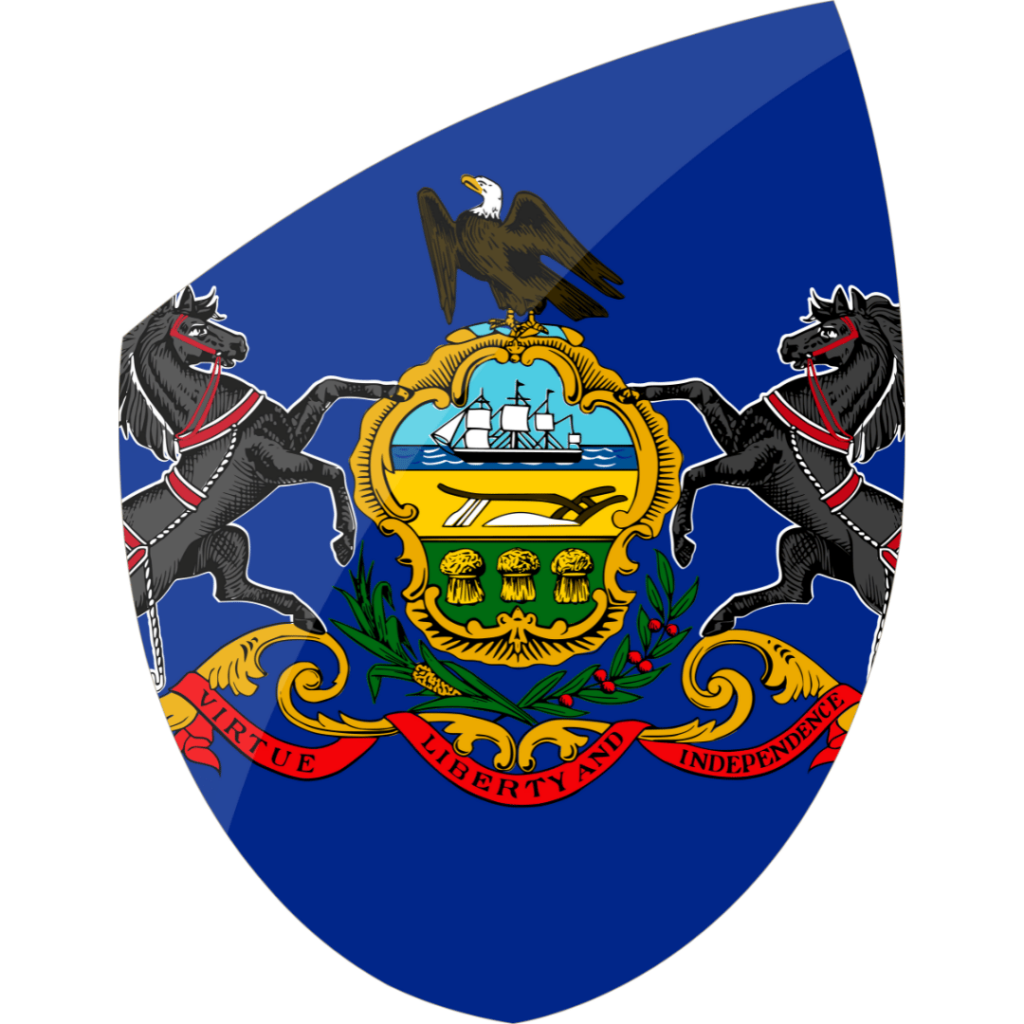
Solarize Philly
The Solarize Philly program makes it easy and affordable for Philadelphia residents to install solar panels. Here’s how it works:
- Free Solar Proposals: When you sign up, you get a free custom proposal for your solar project based on your energy use and roof space.
- Discounted Rates: The Philadelphia Energy Authority (PEA) has arranged for lower prices from trusted solar installers and equipment suppliers. They ensure high-quality equipment and standardized contracts that protect you.
- Solar Savings Grant: For low- and moderate-income households, there’s a grant to help cover part of the installation cost. This means you can finance the rest and start saving on energy bills right away.
Solar for All
Community Power Coalition’s “Powering America Together” The Community Power Coalition (CPC) is leading a national effort called “Powering America Together,” in partnership with the U.S. Department of Energy. This program is focused on:
- Supporting Low-Income Solar Projects: Helping to set up solar projects in low-income communities.
- Reducing Emissions and Costs: Cutting carbon emissions and lowering energy bills.
- Creating Jobs and Building Wealth: Generating good jobs and strengthening local economies.
- Enhancing Resilience: Improving energy reliability and fostering fair job opportunities.
Pennsylvania Solar for All (SFA) Program In Pennsylvania, the Solar for All (SFA) Program aims to bring solar power to low-income and disadvantaged communities. The program focuses on:
- Providing Benefits: Offering savings on energy bills, creating jobs, and promoting community ownership.
- Supporting Various Areas: Helping rural, urban, and suburban communities, as well as those in persistent poverty.
- Comprehensive Support: Combining financial help, thoughtful program design, and project services like community outreach and workforce training to boost the residential solar market.
Industrial Heartland Solar Coalition The Industrial Heartland Solar Coalition, led by Growth Opportunity Partners, brings together 31 communities across eight states to:
- Advance Clean Energy: Promote a fair and clean energy transition in industrial heartland areas.
- Deliver Savings and Training: Provide energy savings, reduce emissions, and offer solar job training using tax credits and grant funds.
Texas Clean Energy Fund and Bullard Center Collaboration In Texas, the Clean Energy Fund of Texas (TxCEF) and the Bullard Center for Environmental and Climate Justice (BCECJ) are working together to:
- Support Community Solar Projects: Help establish solar projects in low-income areas.
- Address Challenges: Tackle energy policy issues and grid vulnerabilities.
- Generate Benefits: Reduce emissions, save on utility bills, and create shared revenue through community-owned projects.
Solar Access for Nationwide Affordable Housing Program (SANAH) Led by GRID Alternatives and a coalition of nonprofit solar and housing providers, SANAH aims to:
- Expand Solar Access: Increase solar and storage availability for income-qualified households.
- Provide Energy Savings: Offer significant savings and help with energy costs.
- Enhance Efficiency: Improve home efficiency and support electrification efforts.
These programs are all about making solar energy more accessible and affordable, especially for those who need it most. They focus on reducing costs, creating jobs, and building a more equitable and sustainable energy future.
Puerto Rico
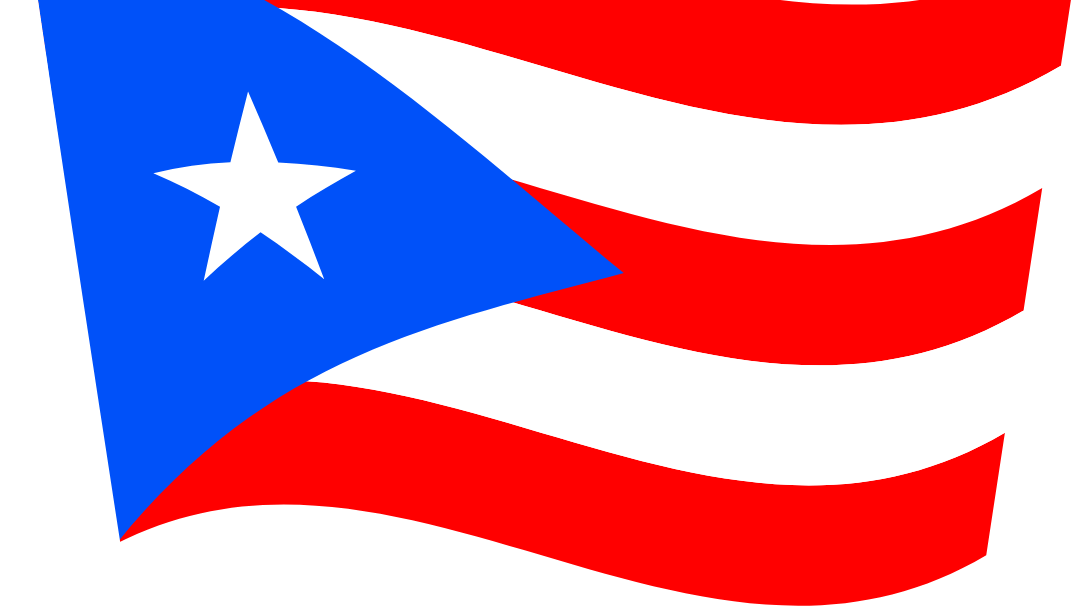
Solar for All
Puerto Rico is launching an ambitious “Solar for All” (SFA) program to reshape its energy future. This initiative aims to expand access to solar power across the island, focusing on low-income and disadvantaged communities while tackling the unique challenges of Puerto Rico’s fragile power grid.
Key Features of Puerto Rico’s Solar for All Program:
- Government-Led Coalition: The Puerto Rico Office of Management and Budget is leading a coalition of four organizations to roll out the SFA program. This teamwork ensures a thorough and coordinated approach to solar energy deployment.
- Solar and Storage Systems: The program plans to install solar panels and energy storage systems in thousands of low-income homes. This setup provides clean energy and boosts energy security, especially crucial during power outages.
- Grid Resilience: With a history of power grid issues and natural disasters, improving energy resilience is a top priority. Solar and storage systems will help keep the lights on when the grid goes down, which is vital for island residents.
- Financial and Environmental Benefits: The program is designed to cut energy costs for underserved communities while reducing greenhouse gas emissions and air pollution.
- Attracting Private Investment: By showcasing successful community solar projects, the initiative aims to draw in additional private investment for future solar expansions.
- Workforce Development: The program will also focus on creating new jobs in the solar industry, boosting local employment opportunities.
- Community Involvement: Residents will have a say in the planning and execution of the program, ensuring it meets their specific needs.
- Partnerships with National Programs: The SFA program aligns with federal efforts like the US Department of Energy’s National Community Solar Partnership and Community Power Accelerator. Puerto Rico is teaming up with the Community Power Coalition (CPC) to tap into their expertise in community solar projects.
- Affordable Housing Integration: Through the Solar Access for Nationwide Affordable Housing Program (SANAH), Puerto Rico is integrating solar and energy storage solutions into affordable housing projects.
Expected Outcomes:
- Increased energy reliability and resilience island-wide
- Reduced carbon emissions and better air quality
- Lower energy bills for participating households
- New job opportunities in the renewable energy sector
- Enhanced community involvement in energy planning
- Improved energy efficiency in homes
- Attraction of further investment in clean energy
Puerto Rico’s “Solar for All” program represents a bold step towards a more resilient and equitable energy future. By focusing on disadvantaged communities and boosting energy resilience, Puerto Rico is setting a powerful example for other regions facing similar energy and climate challenges. This initiative is poised to significantly enhance the quality of life for residents, strengthen the island’s energy infrastructure, and support long-term sustainability.
Rhode Island

Solar for All
Rhode Island is gearing up to increase solar energy access for low-income and disadvantaged communities through a comprehensive plan. The state will use funding to launch seven financial programs and twelve technical assistance programs to make solar power more accessible.
Goals of the Initiative:
- Break Down Barriers: Tackle obstacles that prevent people from adopting solar energy in a fair way.
- Address Financial Hurdles: Solve specific financial issues that make it hard to go solar.
- Include Renters and Homeowners: Provide benefits for both renters and homeowners in low-income communities.
- Direct Benefits: Ensure that the advantages of solar power reach those who need it most.
- Tailored Eligibility: Design eligibility requirements to fit the needs of different groups.
Community Power Coalition’s Role:
- Partner with National Programs: Work alongside the Department of Energy’s National Community Solar Partnership and Community Power Accelerator.
- Led by Experts: Inclusive Prosperity Capital, Inc., and experienced community solar professionals will lead the initiative.
- Support Low-Income Solar Projects: Focus on projects that benefit low-income communities.
- Reduce Emissions and Costs: Aim to cut carbon emissions and lower energy bills.
- Create Jobs and Build Wealth: Promote high-quality jobs, strengthen community wealth, and enhance energy resilience.
- Fair Workforce Development: Ensure that workforce development is equitable and inclusive.
Rhode Island’s plan is all about making solar energy more accessible and beneficial for everyone, especially those in underserved communities.
South Carolina

Solar for All
South Carolina is making big moves to bring solar power to more people through its “Solar for All” (SFA) program. This bold plan is focused on spreading the benefits of solar energy, especially to low-income and disadvantaged communities across the state.
Key Parts of South Carolina’s Solar for All Program:
- Community Solar Initiative: The South Carolina Office of Resilience (SCOR) is leading this effort to provide community solar options to eligible residents, including both homeowners and renters. They’ll work with utilities to improve existing solar programs.
- Southeast Rural Power Coalition: Led by Groundswell, this coalition is bringing community solar, energy storage, and efficiency upgrades to low-income households in rural areas. They include nonprofit cooperatives and municipal utilities serving some of the poorest communities in the Southeast.
- Energy Efficiency Integration: SCOR will team up with home energy programs to ensure low-income households get the most benefit from solar and efficiency improvements.
- Workforce Development: SCOR will expand solar training programs to build a bigger solar workforce. The Southeast Rural Power Coalition will also support new solar developers and installers with resources and apprenticeships.
- Solar Innovation Fund: SCOR plans to create a fund to support new solar projects, including resilience hubs and solar systems for affordable housing.
- National Collaboration: South Carolina’s program will work with federal efforts like the Department of Energy’s National Community Solar Partnership and Community Power Accelerator, partnering with the Community Power Coalition (CPC) to boost community solar projects.
What to Expect:
- More Solar in Underserved Areas: Increased solar adoption in rural and low-income communities.
- Cleaner Air: Reduced carbon emissions and improved air quality.
- Lower Bills: Lower energy costs for participating households.
- Stronger Energy Resilience: Better energy reliability, especially in vulnerable areas.
- New Jobs: Creation of quality jobs in the solar industry.
- Community Benefits: Building local wealth through solar projects.
- Efficiency Improvements: Better energy efficiency in homes.
- Investment Attraction: Drawing private investment for clean energy projects.
South Carolina’s Solar for All program is all about making clean energy accessible and fair for everyone. By focusing on disadvantaged communities, rural areas, and workforce development, the state is setting an example for inclusive clean energy policies. This approach not only boosts solar adoption but also creates lasting economic and social benefits for communities throughout the state.
South Dakota

Solar for All
South Dakota is making big strides toward a greener and fairer energy future with its bold “Solar for All” (SFA) program. This comprehensive plan is all about expanding solar power access across the state, especially for low-income, disadvantaged, and tribal communities.
Key Parts of South Dakota’s Solar for All Program:
- Statewide Solar Expansion: The SFA program aims to cut greenhouse gas emissions and air pollution by promoting solar energy throughout South Dakota. It focuses on installing solar panels on single-family homes and supporting solar projects for multi-family buildings.
- Financial Help: To make solar power more affordable, the program offers:
- Grants
- Tax incentives
- Low-interest loans
- A revolving loan fund managed by community banks, credit unions, rural electric cooperatives, and municipal utilities
- Northern Plains Tribal Solar for All (NPT-SFA): This part of the program focuses on improving energy and economic systems in tribal communities across South Dakota, North Dakota, and Montana, with future plans for Wisconsin and Wyoming. Highlights include:
- Creating tribally-owned solar systems
- Tackling issues like high electricity costs, frequent outages, and inefficient housing
- Offering apprenticeships and educational programs to boost local skills
- National Collaboration: South Dakota’s program works with federal efforts like the Department of Energy’s National Community Solar Partnership and Community Power Accelerator. The state is teaming up with the Community Power Coalition (CPC) to enhance community solar projects.
- Affordable Housing Integration: Through the Solar Access for Nationwide Affordable Housing Program (SANAH), South Dakota is integrating solar and energy storage into affordable housing projects.
- Justice 40 Focus: The program aims to benefit low-income and disadvantaged communities, in line with the federal Justice 40 initiative.
What to Expect:
- Cleaner Air: Reduced carbon emissions and better air quality.
- Lower Bills: Reduced energy costs for households.
- Stronger Energy Systems: Increased resilience, especially in tribal areas.
- New Jobs: Creation of quality jobs in the solar industry.
- Community Benefits: Building local wealth through solar projects.
- Fair Workforce Development: More opportunities in the renewable energy sector.
- Better Efficiency: Improved energy efficiency in homes.
- More Investment: Attracting additional funding and private capital to the region.
South Dakota’s Solar for All program is a comprehensive effort to spread clean energy and address social equity. By focusing on underserved communities, tribal areas, and innovative financing, the state aims to ensure that solar benefits reach everyone.
This program is making South Dakota a leader in inclusive clean energy policy, showcasing a strong commitment to increasing solar use and creating lasting benefits for its diverse population. As the program moves forward, it has the potential to transform the state’s energy landscape, improve lives, and serve as a model for other rural areas aiming to blend climate action with social equity goals.
Tennessee

Solar for All
Tennessee is launching an exciting “Solar for All” (SFA) program aimed at expanding solar energy access throughout the state. This program is designed to address the needs of Tennessee’s diverse communities and ensure that everyone benefits from clean energy.
Key Features:
- Statewide Coverage: The SFA program is set up to help communities all across Tennessee, recognizing the state’s varied geography and population.
- Broad Solar Support: The program provides financial aid for:
- Residential rooftop solar systems
- Community solar projects
- Energy storage solutions
- Upgrades to related infrastructure
- Complementing Existing Efforts: Tennessee’s SFA program works alongside other clean energy initiatives in the state, ensuring a unified approach to expanding solar power.
- Technical Assistance: The program offers essential support in:
- Project planning and deployment
- Workforce development
- Navigating siting, permitting, and interconnection processes
- Administrative Help: To keep projects running smoothly, the program provides administrative support to streamline implementation.
- National Collaboration: Tennessee’s efforts align with federal programs like the US Department of Energy’s National Community Solar Partnership and Community Power Accelerator. The state is working with the Community Power Coalition (CPC) to tap into their expertise in community solar projects.
What to Expect:
- More Solar Energy: Increased adoption of solar power across different Tennessee communities.
- Cleaner Air: Reduced carbon emissions and better air quality.
- Lower Energy Bills: Reduced costs for low-income households participating in the program.
- Better Energy Resilience: Improved energy reliability in disadvantaged areas.
- New Jobs: Creation of quality jobs in the renewable energy sector.
- Community Benefits: Building local wealth through solar energy projects.
- Fair Workforce Opportunities: Enhanced job opportunities in the solar industry.
- Improved Efficiency: Better energy efficiency in homes.
- More Investment: Attraction of additional funds for clean energy projects.
Tennessee’s Solar for All program takes a comprehensive approach to clean energy, focusing on both urban and rural areas. By providing financial help, technical support, and workforce development, the program aims to make solar energy accessible to all Tennesseans.
This initiative positions Tennessee as a leader in inclusive clean energy policy in the Southeast. As the program rolls out, it’s set to transform the state’s energy landscape, improve lives, and serve as a model for other states looking to combine climate action with social equity goals.
Texas
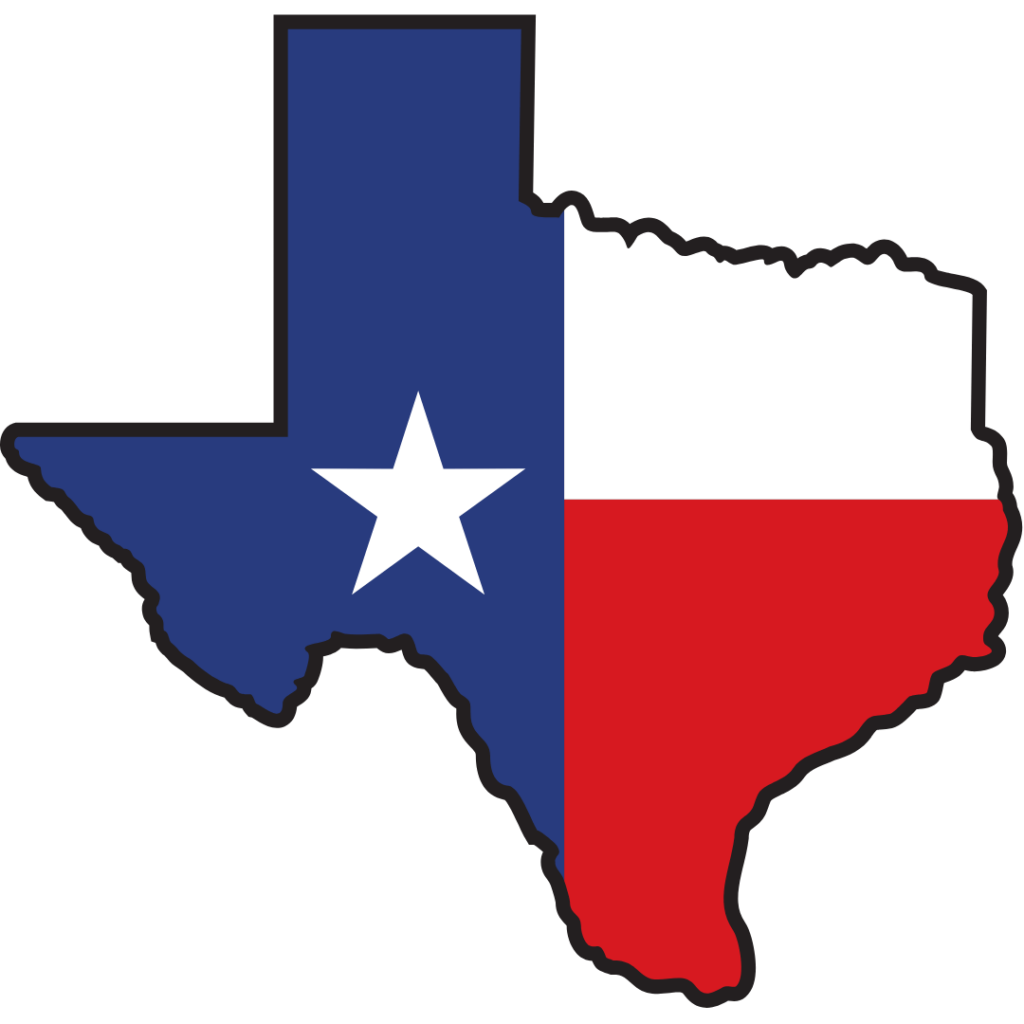
Solar for All
Texas is rolling out a major “Solar for All” (SFA) program aimed at expanding solar energy access across the state, especially for low-income and disadvantaged communities.
Key Features of Texas’s Solar for All Program:
- Texas SFA Coalition: A partnership among Texas cities serving over 11 million people in need. The coalition is working to make solar energy more accessible, lower energy costs, create job opportunities, and promote community wealth.
- Financial Support: The program uses federal funds, tax credits, and other resources to help with:
- Residential solar panel installations
- Battery storage systems
- Energy-saving upgrades for both single-family and multi-family homes
- Boosting Resilience: Improving community resilience against power outages, especially important after recent extreme weather events in Texas.
- Workforce Training: Offering training for jobs in the solar industry, with a focus on supporting minority- and women-owned businesses.
- Community Involvement: Working closely with local organizations to ensure the program meets the needs of each community.
- Scalability: Designed to grow and be replicated in other parts of Texas, both during and after the initial funding period.
- Partnerships: Collaborating with the Clean Energy Fund of Texas (TxCEF) and the Bullard Center to:
- Provide technical support, capital, and grants to minority-serving institutions
- Develop community solar projects in vulnerable areas
- Set up community resilience centers with solar and energy storage
- Affordable Housing Integration: Working with the Solar Access for Nationwide Affordable Housing Program (SANAH) to add solar and storage solutions to affordable housing projects.
Expected Outcomes:
- More solar energy use in underserved areas across Texas
- Lower carbon emissions and cleaner air
- Reduced energy costs for participating households
- Better energy reliability, especially in vulnerable communities
- Creation of new jobs in the clean energy sector
- Local wealth-building through energy production
- Fair job opportunities in the solar industry
- Increased energy efficiency in homes
- More private investment in clean energy projects
- Establishment of community resilience centers
Texas’s Solar for All program is a game-changer for clean energy and social equity. By focusing on the needs of disadvantaged communities, boosting workforce development, and enhancing resilience, the program is set to make a real difference across the state.
This initiative shows Texas is stepping up as a leader in inclusive clean energy policy, moving beyond its traditional fossil fuel roots. As the program grows, it’s expected to transform Texas’s energy landscape, improve lives, and serve as a model for other states aiming to combine climate action with social equity.
Utah

Solar for All
expand solar energy access throughout the state, especially for disadvantaged and low-income communities.
Key Features of Utah’s Solar for All Program:
- Statewide Teamwork: S4AU brings together a wide range of local and regional partners to ensure a comprehensive approach to solar energy.
- Broad Solar Deployment: The program focuses on increasing residential solar use with:
- Financing options that everyone can access
- Active community involvement
- Workforce training opportunities
- Partnerships with trusted renewable energy advocates
- Energy Justice and Equity: S4AU is committed to improving energy access for low-income households as part of a larger goal to make the clean energy transition fair for all.
- Priority for Vulnerable Groups: The program first targets:
- People currently without electricity
- Those who rely on medical devices powered by electricity
- Individuals at risk of power outages
- Tribal Community Support: The Western Indigenous Network Solar For All (WIN-SFA) program, led by Grid Alternatives, provides:
- Benefits for Tribal households
- Support for energy sovereignty
- Help with environmental issues and climate change
- Grants and incentives
- Technical support from experts in Tribal renewable energy projects
- Collaboration with National Programs: Utah’s efforts align with federal programs like the US Department of Energy’s National Community Solar Partnership and Community Power Accelerator. The state is working with the Community Power Coalition (CPC) to boost community solar development.
Expected Outcomes:
- More solar energy use in Utah’s diverse communities
- Lower carbon emissions and cleaner air
- Reduced energy costs for low-income households
- Greater energy reliability, especially for vulnerable groups
- Creation of new jobs in the clean energy sector
- Local wealth-building through energy production
- Fair job opportunities in the solar industry
- Better energy access for currently underserved areas
- Increased energy self-reliance for Tribal communities
Utah’s Solar for All program is a powerful step towards expanding clean energy and promoting social equity. By focusing on those who need it most, including Tribal areas and vulnerable populations, the state aims to share the benefits of solar energy widely.
This initiative positions Utah as a leader in inclusive clean energy policy in the West. With its focus on both urban and rural communities and its dedication to energy justice, Utah is set to transform its energy landscape, improve lives, and set an example for other states striving to combine climate action with social equity. The program’s blend of financial support, community engagement, workforce training, and Tribal assistance highlights Utah’s commitment to increasing solar adoption and creating lasting benefits for its residents.
Vermont

Solar for All
Vermont is making a big push for cleaner and fairer energy with its “Solar for All Vermont” (SAV) program. This initiative is all about spreading solar energy across the state, especially to those who need it most.
Key Features of Vermont’s Solar for All Program:
- Making Solar Ownership Accessible: SAV aims to cut electricity costs for low-income and disadvantaged Vermonters by helping them own solar panels. This approach not only saves money but also gives communities control over their energy.
- Widespread Solar Deployment: The program supports solar installations in various settings:
- Rooftops of low-income homes
- Affordable apartment buildings
- Community solar projects that serve residential areas
- Adding Battery Storage and Electrical Upgrades: SAV goes a step further by promoting battery storage systems and electrical upgrades, boosting energy reliability and cutting greenhouse gas emissions.
- Long-term Financial Plans: The initiative is designed for lasting impact by:
- Creating revolving loan funds
- Developing new financing options
- Attracting private investments
- Aligning with Vermont’s broader climate goals
- National Collaboration: Vermont’s program works alongside federal efforts like the US Department of Energy’s National Community Solar Partnership and Community Power Accelerator. The state is teaming up with the Community Power Coalition (CPC) to enhance community solar projects.
- Workforce Development: By partnering with the CPC, SAV aims to generate quality jobs, build community wealth, and ensure fair job opportunities in the solar industry.
Expected Outcomes:
- More solar energy use across Vermont’s communities
- Reduced carbon emissions and cleaner air
- Lower electricity bills for low-income households
- Greater energy reliability, especially for vulnerable groups
- New jobs in the clean energy sector
- Building local wealth through energy production and ownership
- Fair job opportunities in the solar industry
- Better energy efficiency in homes
- Increased private investment in clean energy projects
- Overall growth in Vermont’s solar market
Vermont’s Solar for All program is a comprehensive effort to expand solar energy and address social equity. By focusing on solar ownership for low-income and disadvantaged communities, the state ensures that the benefits of solar power reach those who need them most.
This program solidifies Vermont’s role as a leader in innovative clean energy policy. Its focus on both individual and community solar projects, along with support for battery storage and electrical upgrades, shows a deep understanding of the complex energy transition.
As the program rolls out, it has the potential to transform Vermont’s energy scene, improve lives, and set a strong example for other states aiming to combine climate action with social equity. The emphasis on sustainable financing and private investment highlights a commitment to making sure the program lasts and grows.
Vermont’s approach, which blends immediate solar deployment with long-term financial planning and workforce development, shows a strong commitment to boosting solar energy and creating lasting benefits for communities across the Green Mountain State.
Virginia

Solar for All
Virginia is making a big move toward cleaner and fairer energy with its “Solar for All: Virginia Energy Program” (SAVE). This program is all about bringing solar power to more people across the state, especially those in low-income and disadvantaged communities.
Key Features of Virginia’s Solar for All Program:
- Expanding Solar Access: SAVE is focused on making solar energy more available and affordable for low-income and disadvantaged communities. The program also helps these communities save on energy bills and become more resilient with solar and storage options.
- Transforming the Market: The program aims to change how solar energy is accessed by:
- Attracting private investments
- Supporting new solar businesses
- Overcoming obstacles in the market
- Innovative Financing: SAVE makes it easier for people to afford solar by:
- Lowering upfront costs
- Offering leasing and power purchase agreements
- Providing more financing options for low-income homeowners
- Encouraging direct ownership, third-party ownership, and subscription-based solar programs
- Removing Barriers: The program works to clear up any issues with connecting solar systems to the grid, making it simpler to adopt solar energy.
- Regional Collaboration: Virginia is joining forces with the Southeast Rural Power: SFA Coalition, led by Groundswell, to:
- Provide community solar projects for residences
- Boost energy resilience with storage solutions
- Offer direct solar savings and improve energy efficiency
- Cut greenhouse gas emissions for low-income households
- Workforce Development: The program supports job creation and training by:
- Helping new developers and installers
- Providing entrepreneurship resources
- Offering project support services and apprenticeships
- Community Engagement: SAVE includes outreach and education efforts to get more people involved and informed.
- National Collaboration: Virginia’s program works alongside federal efforts like the US Department of Energy’s National Community Solar Partnership and Community Power Accelerator.
Expected Results:
- More people across Virginia using solar energy
- Lower carbon emissions and cleaner air
- Reduced energy costs for low-income households
- Better energy resilience, especially for vulnerable areas
- Creation of quality jobs in the renewable energy sector
- Building local wealth through solar energy
- Fair job opportunities in the solar industry
- Improved energy efficiency in homes
- Increased investment in clean energy projects
- Transformation of Virginia’s low-income solar market
Virginia’s Solar for All program is a thorough plan to expand solar energy while tackling social equity issues. By focusing on transforming the market, offering innovative financing, and working with regional and national partners, the state aims to ensure that everyone benefits from solar power.
This program positions Virginia as a leader in inclusive clean energy policy in the Southeast. Its focus on both urban and rural areas, along with workforce development, shows a commitment to addressing the unique energy challenges faced by different communities.
As SAVE progresses, it has the potential to reshape Virginia’s energy landscape, improve lives, and set a model for other states combining climate action with social equity. The program’s blend of financial innovation, market transformation, and community involvement highlights a strong commitment to boosting solar adoption and creating lasting benefits for all Virginians.
Virgin Islands

Solar for All
The U.S. Virgin Islands Energy Office (VIEO) is making big moves with the Virgin Islands Solar for All (SFA) Program. This initiative is set to change the energy scene in the USVI by tackling high electricity costs and boosting energy resilience. Building on the success of the previous Solar+ Financing Pilot, the SFA Program aims to make solar power more accessible to everyone.
What the Program Offers:
- Residential and Community Solar Projects: Expanding solar energy options for homes and communities.
- Energy Storage: Adding storage solutions to keep energy reliable and accessible.
- Focus on Underserved Areas: Providing community solar options to ensure that everyone, especially underserved residents, can benefit from affordable and clean energy.
The SFA Program is all about making sure that all communities in the USVI have access to reliable and affordable solar energy.
Washington

Solar for All
The Community Power Coalition (CPC) is launching a new program called “Powering America Together.” This program will work with the U.S. Department of Energy’s National Community Solar Partnership and Community Power Accelerator. Led by Inclusive Prosperity Capital, Inc., CPC is teaming up with experts in community solar who have extensive experience in developing, financing, training, and providing technical support for solar projects.
What the Program Aims to Do:
- Advance Low-Income Solar Projects: Focus on increasing solar access for low-income communities.
- Cut Carbon Emissions: Work on reducing pollution and lowering energy costs.
- Create Quality Jobs: Promote job creation and community wealth-building.
- Boost Energy Resilience: Enhance the ability of communities to handle energy challenges.
- Support Equitable Workforce Development: Ensure fair job opportunities in the solar industry.
In collaboration with GRID Alternatives and a group of ten nonprofit solar and affordable housing organizations, the program will also implement the Solar Access for Nationwide Affordable Housing Program (SANAH). SANAH aims to:
- Maximize Benefits for Households: Improve solar and storage access for income-qualified families.
- Offer Energy Savings: Provide significant savings on energy bills.
- Support Efficiency and Electrification: Help with energy efficiency upgrades and electrification.
Washington State’s Solar Initiatives
Washington is planning new initiatives to broaden solar access for income-qualified and frontline communities across the state. These efforts will build on existing policies and encourage more people to adopt solar energy. Proposed programs include:
- Single-Family Homeowner Programs: Support for solar installations on single-family homes.
- Incentives for Multifamily Housing: Access to state and federal solar incentives for affordable housing projects.
- Tribal Solar Deployment: Special efforts to expand solar access in collaboration with Tribal governments.
The main goal is to ensure that solar benefits are shared fairly with low-income and environmental justice communities in Washington, in line with the Justice40 principles and the state’s commitment to environmental justice.
West Virginia
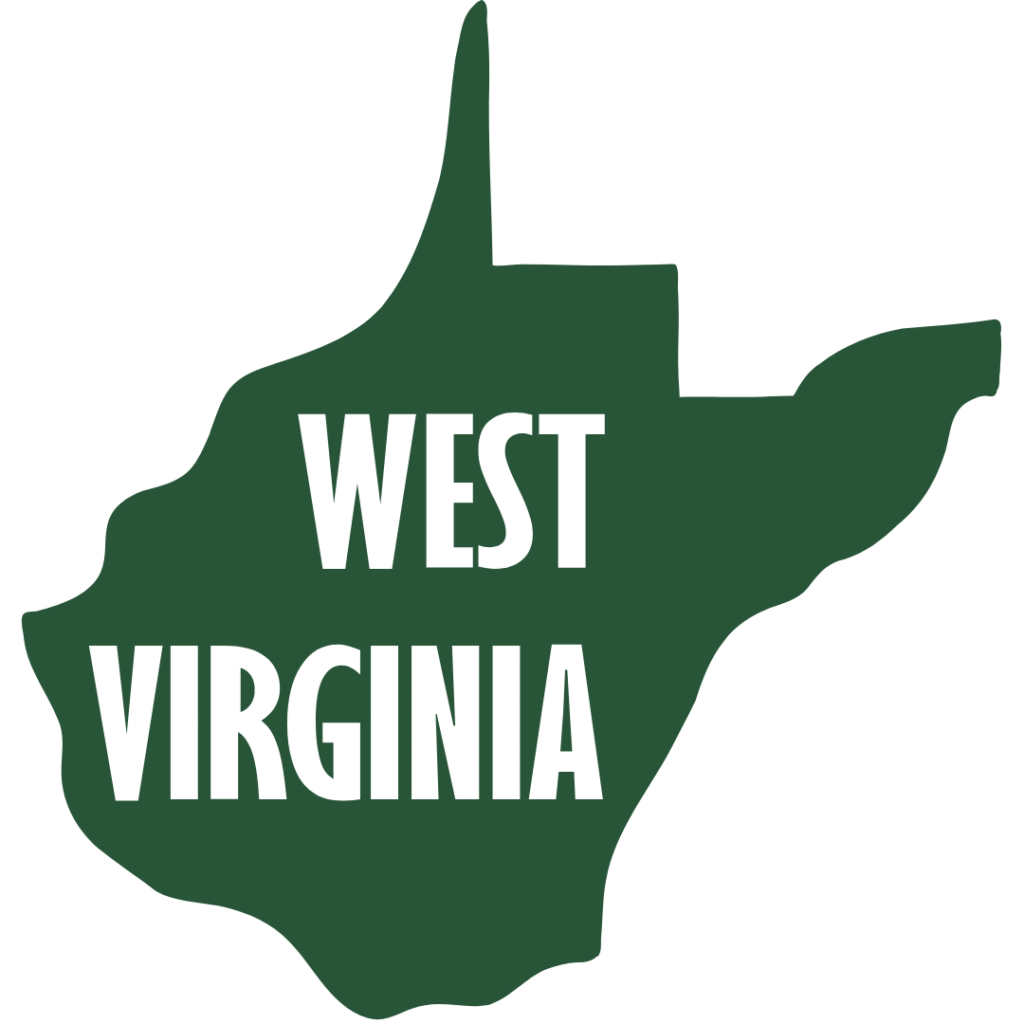
Solar for All
The Community Power Coalition (CPC) is launching “Powering America Together,” a program designed to boost solar energy access for low-income communities. By teaming up with the U.S. Department of Energy’s National Community Solar Partnership and Community Power Accelerator, this program will tap into CPC’s deep expertise in community solar. Led by Inclusive Prosperity Capital, Inc., CPC’s team has extensive experience as developers, lenders, trainers, and technical experts.
What the Program Aims to Achieve:
- Support Low-Income Solar Projects: Focus on developing solar projects for low-income communities.
- Cut Carbon Emissions: Work on reducing pollution and lowering energy costs.
- Create Good Jobs: Promote job creation and build community wealth.
- Enhance Energy Resilience: Strengthen community energy systems and support fair job opportunities.
West Virginia’s Solar for All Initiative
In West Virginia, the Office of Energy will use SFA funding to:
- Install Residential Solar Roofs: Provide solar panels for homes.
- Improve Home Energy Efficiency: Help make homes more energy-efficient.
- Cut Utility Costs: Lower electricity bills for low-income families.
- Boost Energy Resilience: Enhance the ability of households to handle power outages.
The West Virginia REAL Energy Resilient Roofs Program (WVRRP) will support low-income residents, including college residences and community solar projects. With backing from numerous organizations, cities, and community partners, WVRRP aims to:
- Provide Significant Energy Benefits: Deliver solar power and energy upgrades to those in need.
- Attract Financing: Draw in private capital to create jobs and lower energy bills.
- Reduce Emissions: Cut down on greenhouse gases.
Industrial Heartland Solar Coalition
Based in Ohio, the Industrial Heartland Solar Coalition includes 31 communities across eight states from the Midwest to the Rust Belt. Led by Growth Opportunity Partners (Growth Opps), the coalition is committed to advancing clean energy in industrial areas. The Solar for All (SFA) program, managed by Growth Opps and supported by 18 coalition members, focuses on:
- Energy Savings: Help households save on energy costs.
- Cut Emissions: Reduce greenhouse gases.
- Workforce Development: Provide training for solar industry jobs.
The coalition will use tax credits and SFA grants to install residential solar panels and more.
Clean Energy Fund of Texas
In Texas, the Clean Energy Fund (TxCEF), working with the Bullard Center for Environmental and Climate Justice (BCECJ), is known as CEFBC. They are dedicated to:
- Providing Support: Offer technical help, private capital, and grants to minority-serving institutions.
- Establishing Community Solar Projects: Develop solar projects in low-income communities.
- Reducing Emissions: Cut greenhouse gases and save on utility bills.
- Generating Shared Revenue: Promote community ownership and mobilize private investment.
These projects aim to enhance energy access, reduce emissions, and create lasting benefits for disadvantaged communities.
Wisconsin
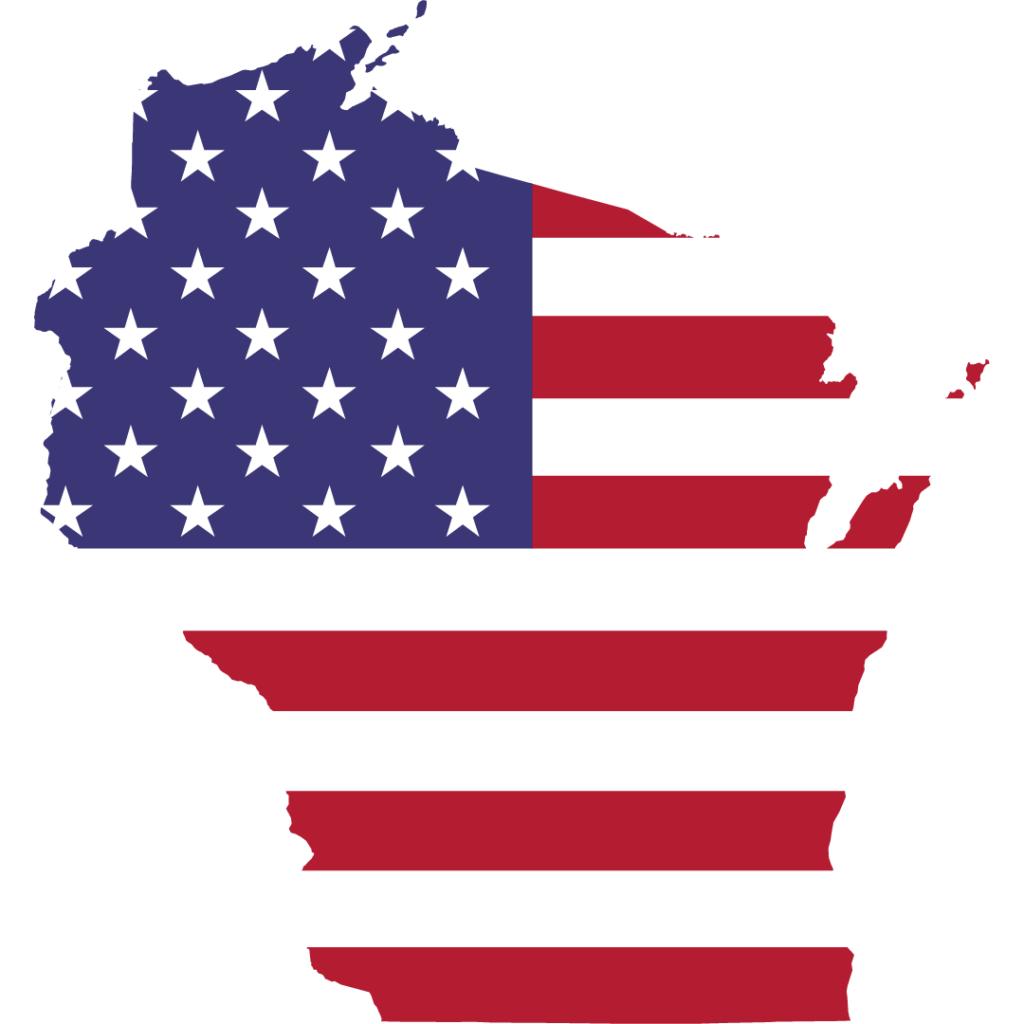
Solar for All
The Community Power Coalition (CPC) is kicking off the “Powering America Together” program, teaming up with the U.S. Department of Energy’s National Community Solar Partnership and Community Power Accelerator. Led by Inclusive Prosperity Capital, Inc., CPC brings together top community solar experts who have helped shape these programs as developers, lenders, trainers, and technical advisors. The program aims to:
- Support Low-Income Solar Projects: Focus on community solar projects for low-income areas.
- Cut Carbon Emissions: Reduce pollution and lower energy costs.
- Create Jobs: Build community wealth, improve energy resilience, and offer fair job opportunities.
Wisconsin’s Solar for All Initiative
In Wisconsin, the Wisconsin Economic Development Corporation (WEDC) is tackling barriers to solar energy with grants, incentives, tax credits, loan options, and partnerships. The Wisconsin Solar for All (SFA) initiative plans to:
- Install Solar Panels: Put solar panels on single-family and multifamily homes with little to no upfront costs.
- Lower Energy Bills: Help reduce household energy expenses.
- Train Workers: Partner with the Wisconsin Technical College System and other organizations to train people for careers in clean energy, especially in solar installation.
Solar Projects for Tribes
The Midwest Tribal Energy Resources Association, Inc. (MTERA) is teaming up with GRID Alternatives, the Alliance for Tribal Clean Energy (ATCE), and the Native CDFI Network (NCN) to roll out solar projects on Tribally-owned homes. This project will cover 35 Tribes in Michigan, Minnesota, and Wisconsin, providing:
- Residential Solar and Storage: Install solar panels and storage systems on Tribal lands.
- Technical Help: Assist with planning and building solar projects.
- Workforce Development: Improve Tribal self-sufficiency and job opportunities in clean energy.
Nationwide Affordable Housing Program
GRID Alternatives has also joined forces with ten nonprofit solar and affordable housing providers to launch the Solar Access for Nationwide Affordable Housing Program (SANAH). This program will:
- Expand Solar Access: Provide more solar and storage options for income-qualified households.
- Cut Energy Costs: Offer significant savings on energy bills.
- Enhance Efficiency: Support improvements and electrification to make homes more energy-efficient.
These initiatives together are set to make solar energy more accessible and affordable, creating lasting benefits for underserved communities and fostering a cleaner, greener future.
Wyoming
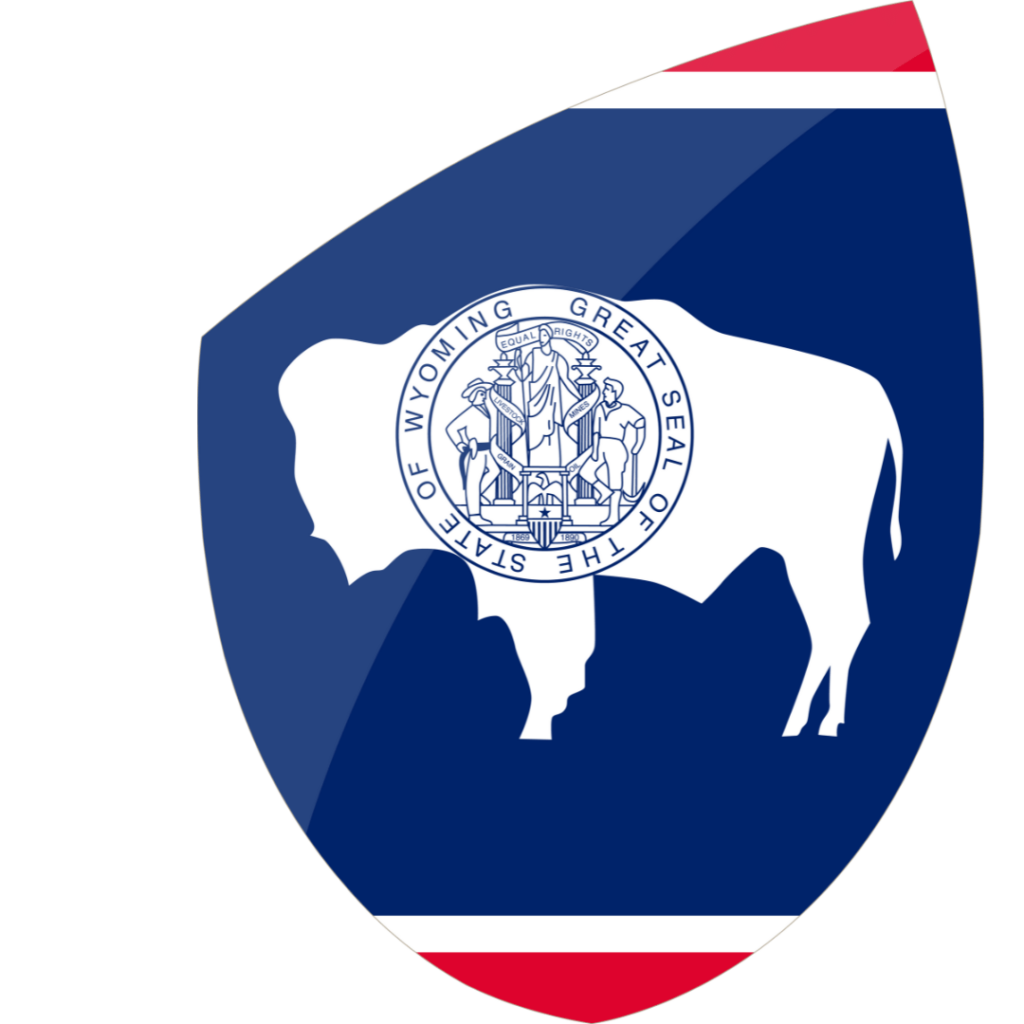
Solar for All
The Wyoming Solar for All (SFA) Program is working to bring the benefits of solar energy to low-income, Tribal, and disadvantaged communities across Wyoming. This program takes a community-focused approach to tackle obstacles to residential solar adoption, including both financial and technical barriers. Here’s what the program aims to achieve:
- Outreach and Support: Connect with communities, offer technical help, and provide financial assistance.
- Workforce Development: Train people for careers in solar energy.
- Capital Mobilization: Attract extra funding to support more solar projects for both single-family and multifamily homes.
Expected Results:
- Lower Electricity Bills: Significant savings on energy costs.
- Improved Resilience: Better protection against power outages.
- Reduced Emissions: Lower greenhouse gas emissions.
- Skilled Workforce: Development of a more skilled and inclusive workforce.
Northern Plains Tribal Solar for All (NPT-SFA)
The Northern Plains Tribal Solar for All (NPT-SFA) program aims to transform energy and economic systems in disadvantaged communities by making focused investments. Starting in North Dakota, South Dakota, and Montana, and expanding to tribes in Wisconsin and Wyoming, NPT-SFA builds on a successful pilot in Montana’s Northern Cheyenne reservation. The program’s strategy includes:
- Tribal Solar Systems: Set up solar systems owned and managed by Tribes for their members’ homes.
- Addressing Key Issues: Solve problems like high electricity costs, power outages, and outdated housing.
- Training and Education: Create apprenticeship programs, educational opportunities, and training partnerships to boost regional expertise and attract industry leaders.
Overall Goals:
- Energy Savings: Reduce electricity costs for Tribal communities.
- Innovative Solutions: Implement effective and sustainable energy solutions.
- Long-Term Impact: Ensure lasting benefits and build regional capacity beyond the grant period.
These programs are set to make solar energy more accessible and beneficial for underserved communities, improving their energy resilience and fostering economic growth.
Washington DC

Solar for All
The Community Power Coalition (CPC) is rolling out the “Powering America Together” initiative as part of its Solar for All (SFA) program. Partnering with the U.S. Department of Energy’s National Community Solar Partnership and Community Power Accelerator, CPC, led by Inclusive Prosperity Capital, Inc., brings together top experts in community solar. These experts have previously worked as developers, lenders, trainers, and technical advisors. The goal is to support solar projects in low-income communities, cut carbon emissions, lower energy costs, and boost job creation, community wealth, energy resilience, and workforce development.
In Washington, DC, the DC Solar for All (SFA) Program will use financing and private investments to expand solar energy and storage options for low-income households. Funded by the Greenhouse Gas Reduction Fund (GGRF) and managed by the Department of Energy and Environment (DOEE), this program aims to:
- Reduce Energy Costs: Help residents save on their electricity bills.
- Create Jobs: Generate employment opportunities in renewable energy.
- Improve Resilience: Enhance protection against power outages.
- Upgrade Homes: Fund essential improvements like energy efficiency retrofits, roof repairs, and electrical upgrades.
The Clean Energy Fund of Texas (TxCEF) and the Bullard Center for Environmental and Climate Justice at Texas Southern University (BCECJ), known together as CEFBC, are working to bring community solar projects to low-income and disadvantaged areas. They aim to provide:
- Technical Help and Funding: Offer support to minority-serving institutions.
- Reduced Emissions: Lower greenhouse gas emissions.
- Lower Bills: Decrease utility costs for households.
- Community Revenue: Share profits from community solar projects.
- Private Investment: Attract more private capital for clean energy.
Both initiatives are focused on making solar energy more accessible and beneficial for underserved communities, leading to significant savings, job opportunities, and stronger, more resilient neighborhoods.
Interested in all key solar incentives in the U.S.? Read our comprehensive article here.





